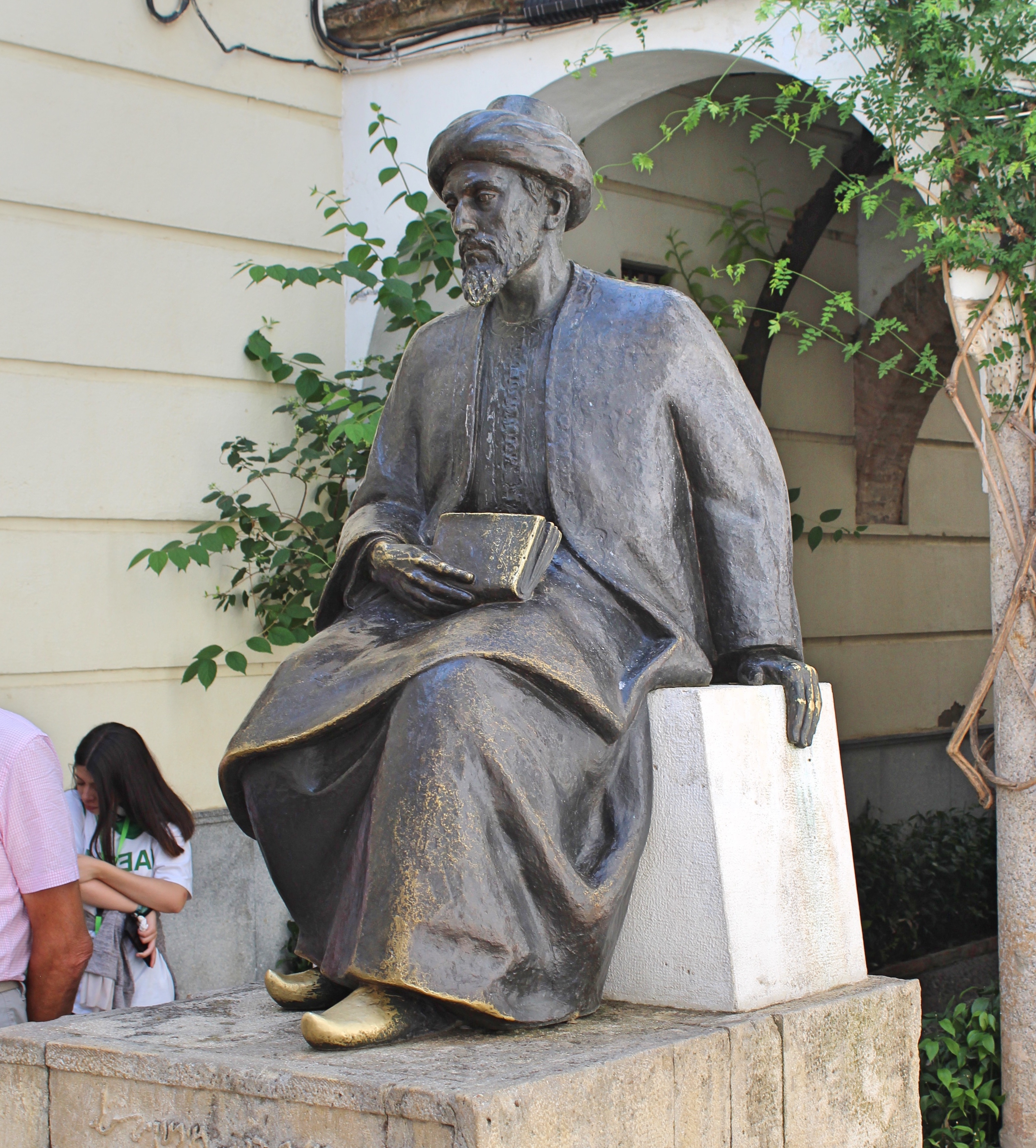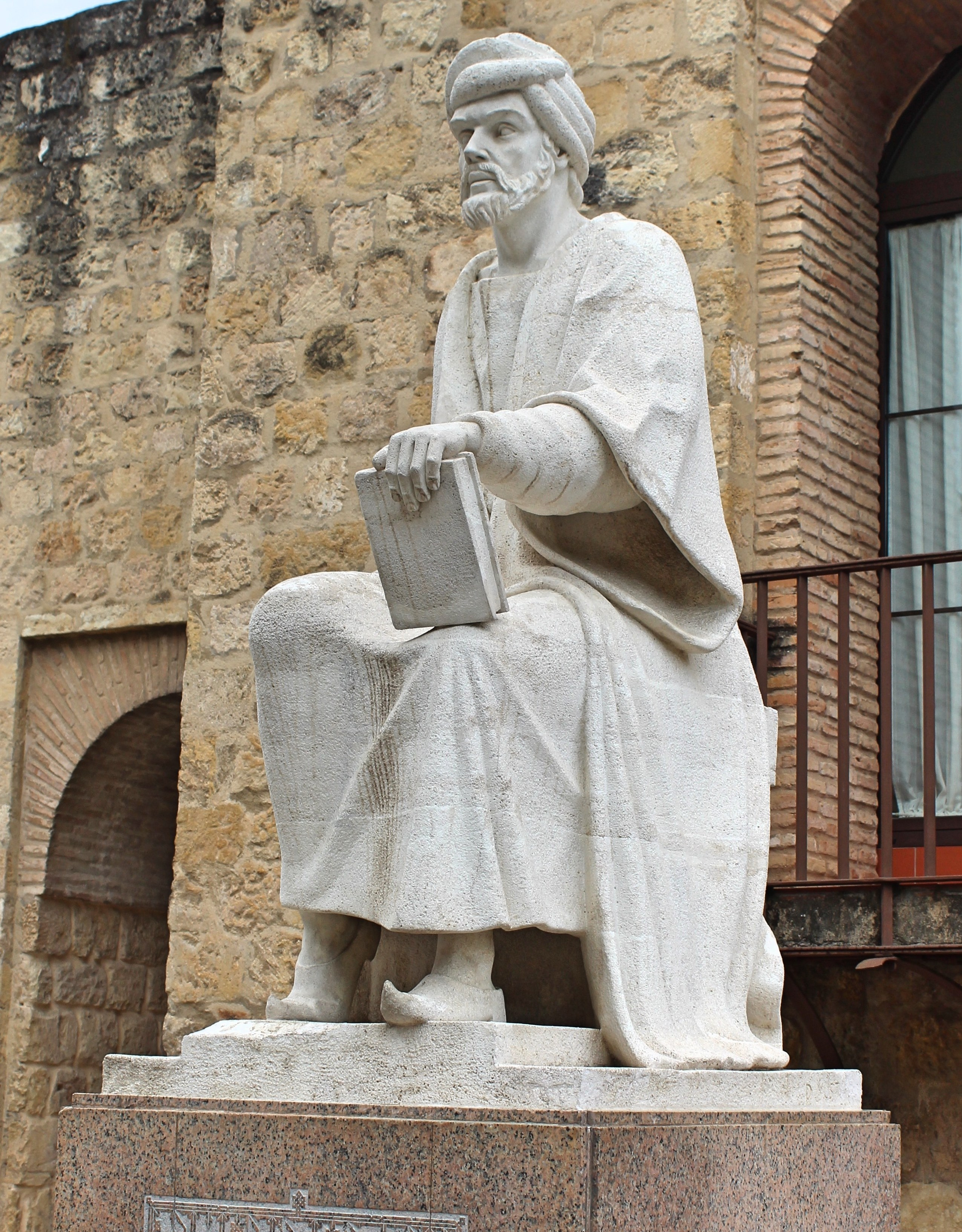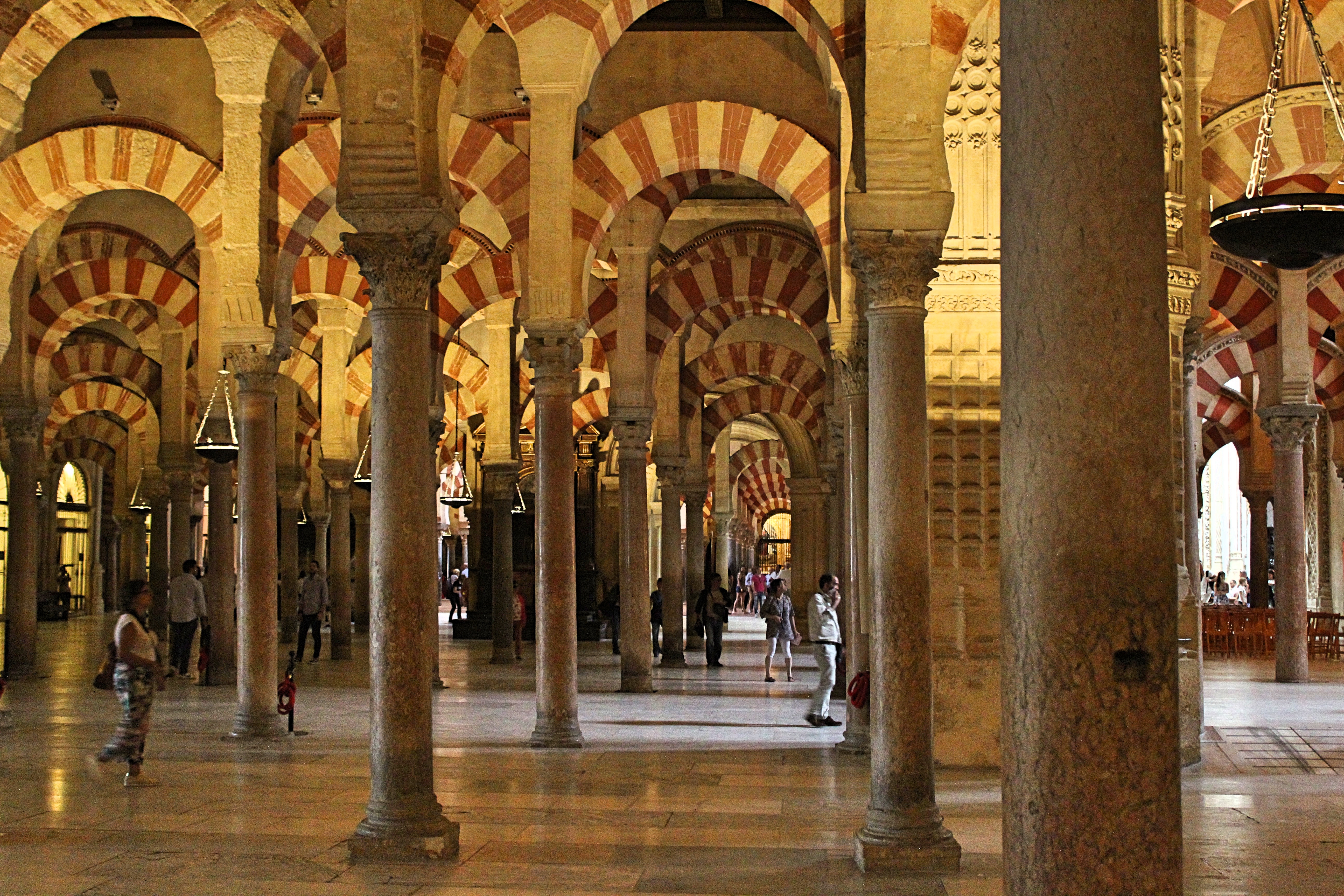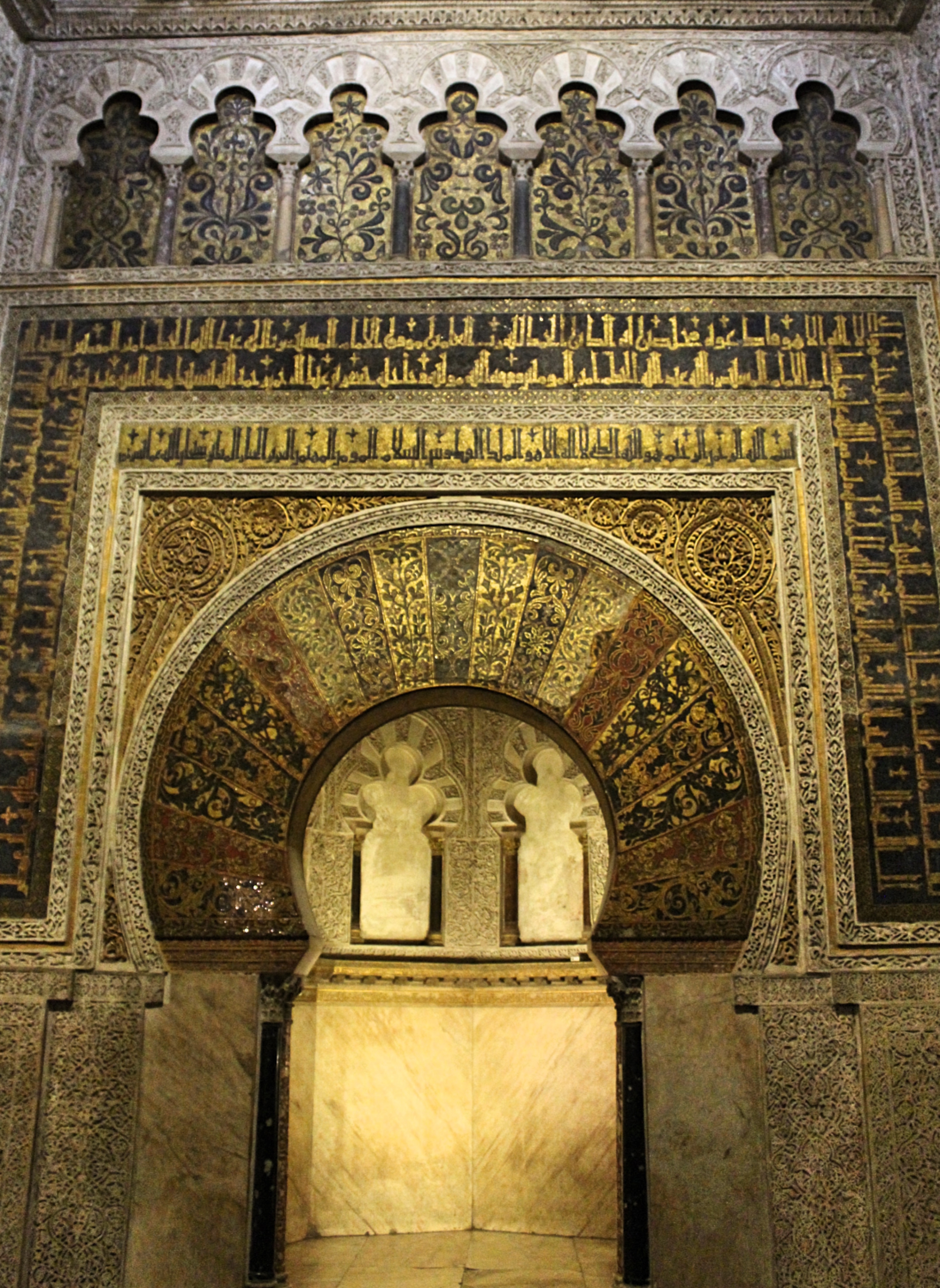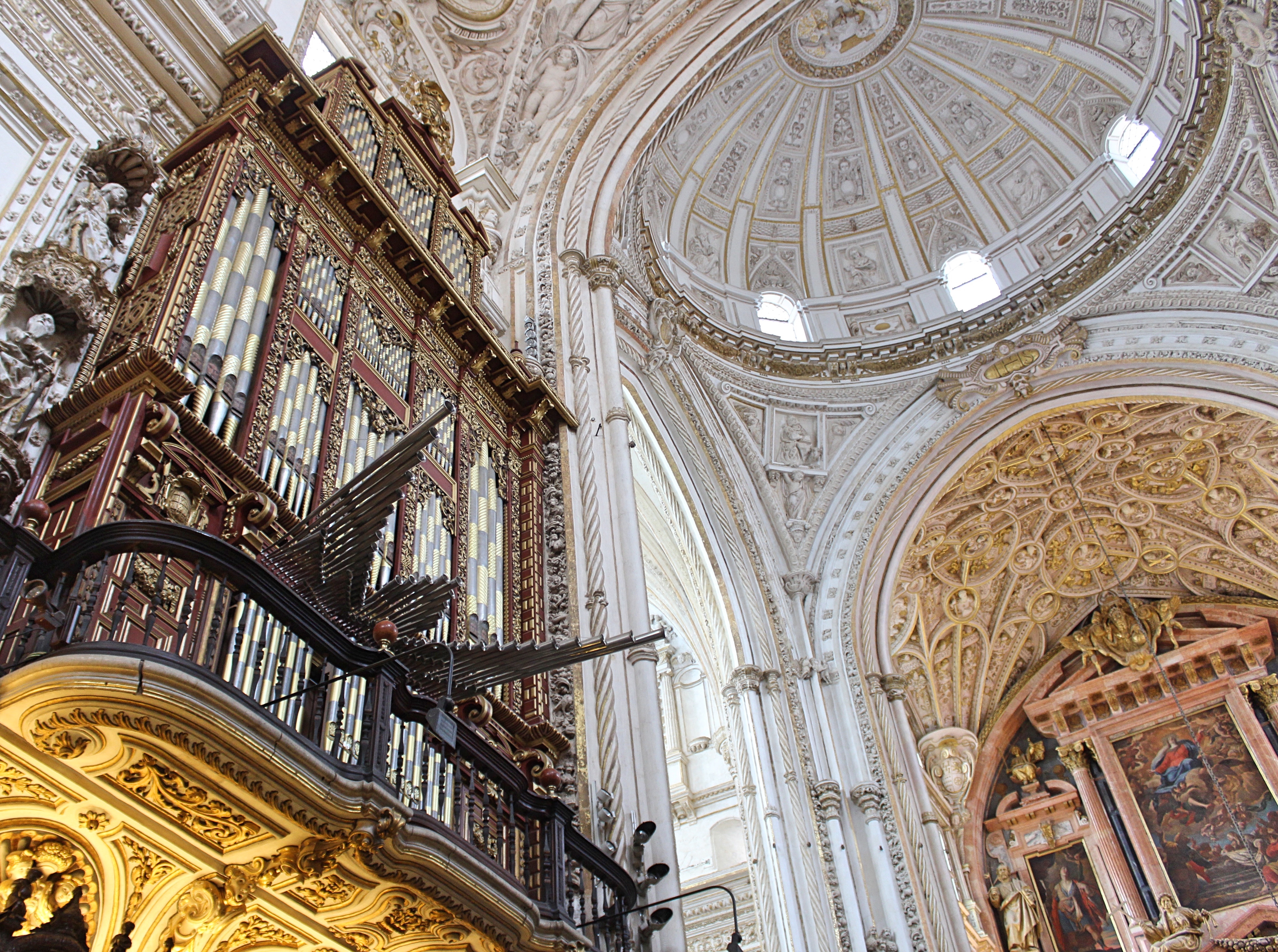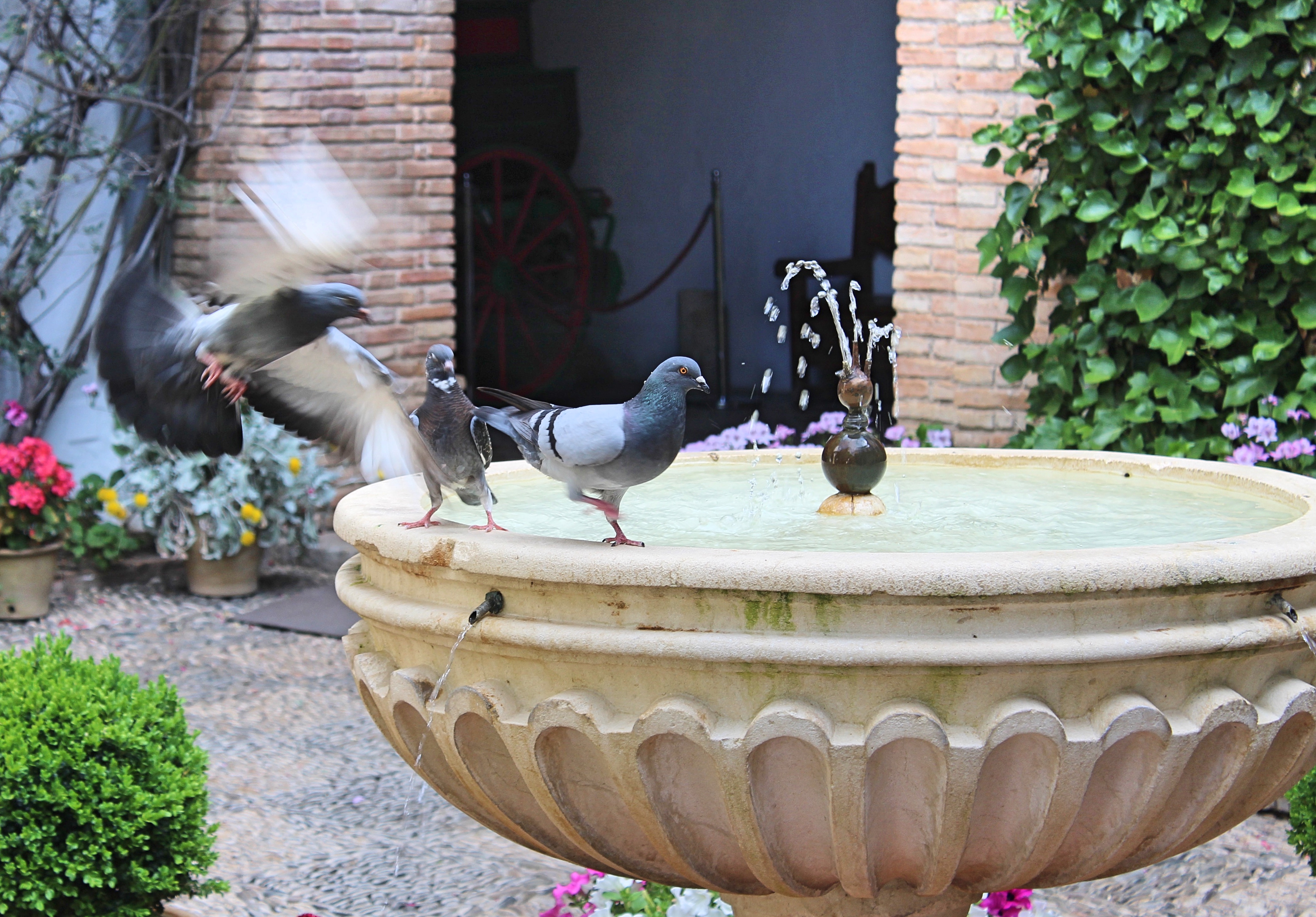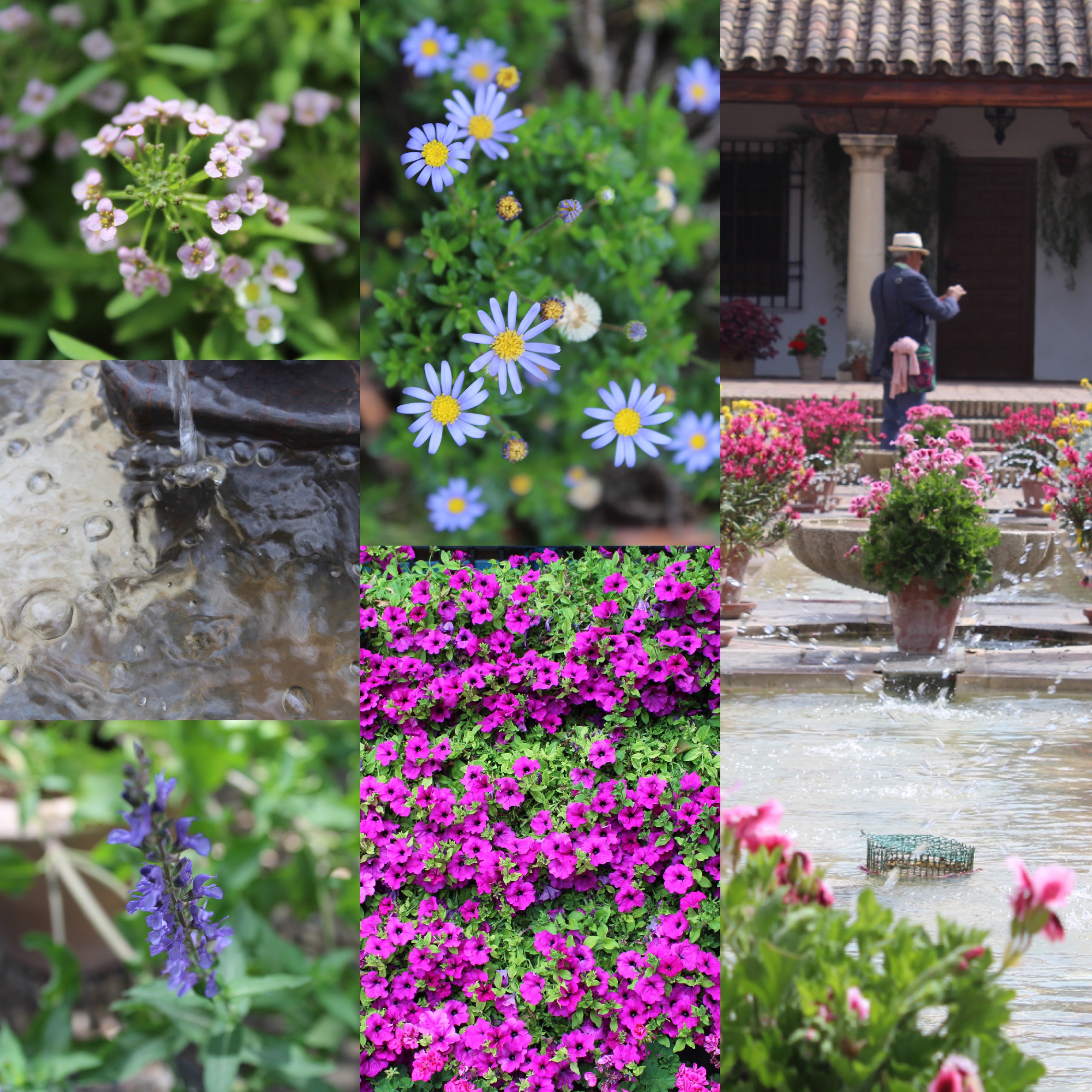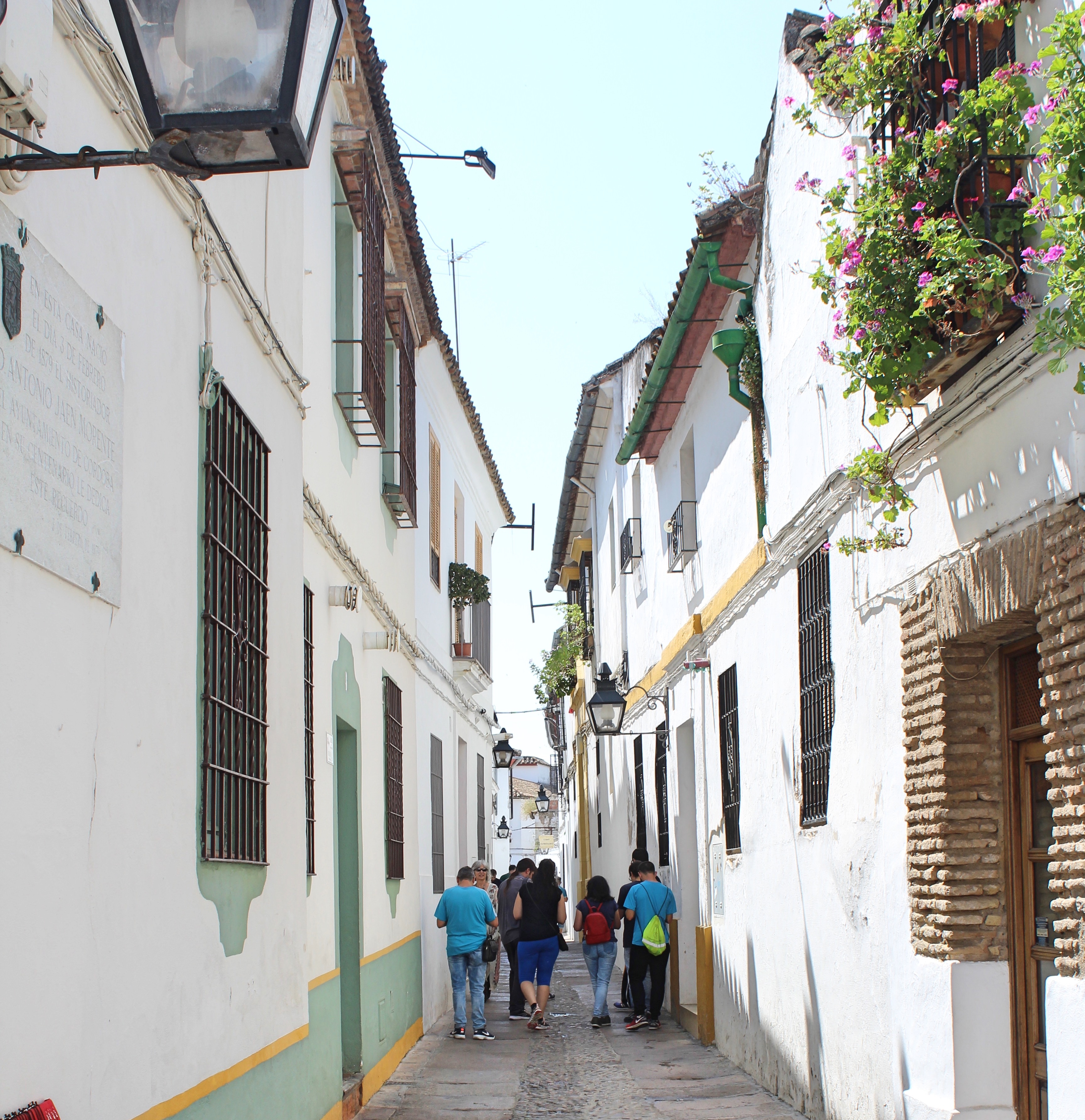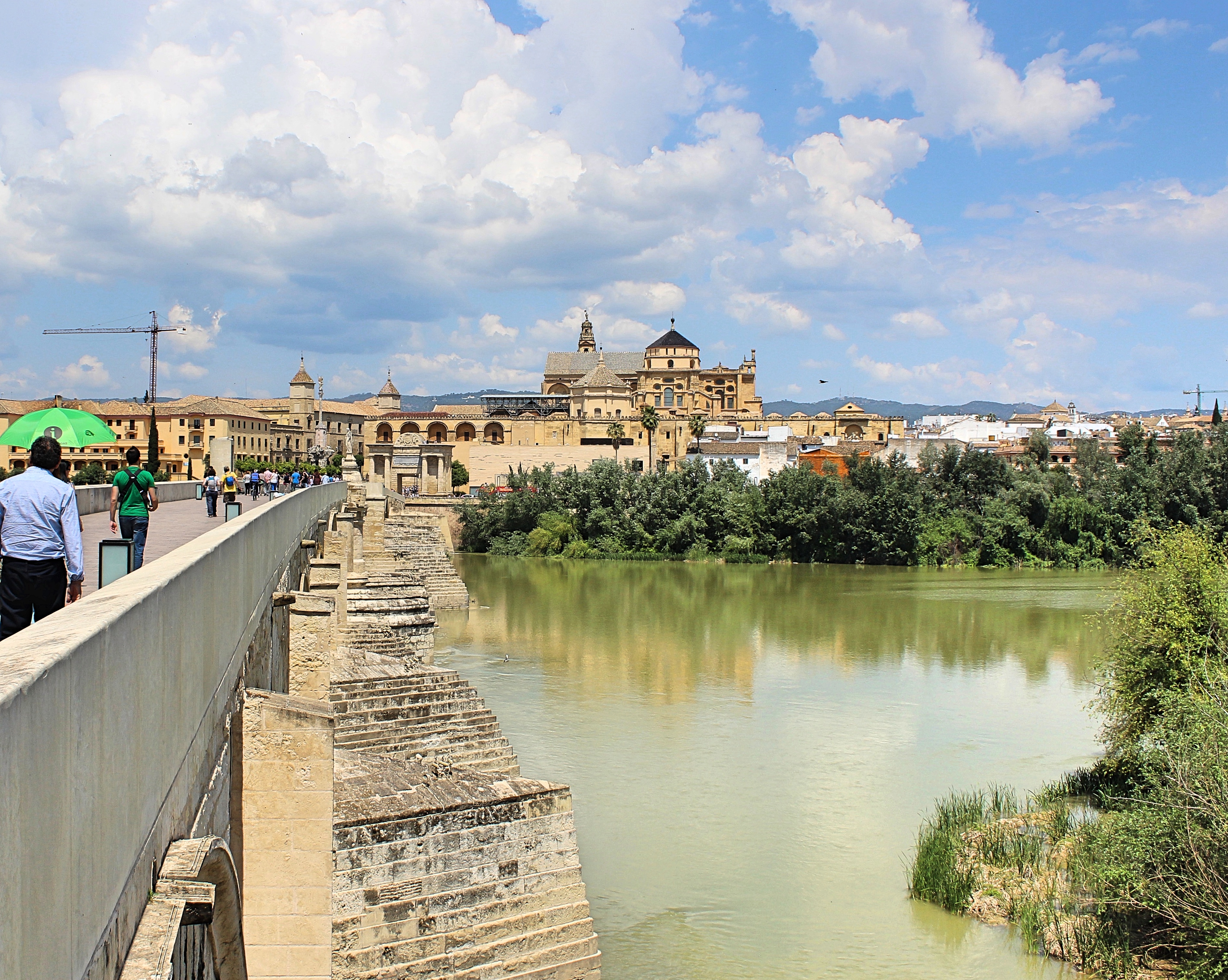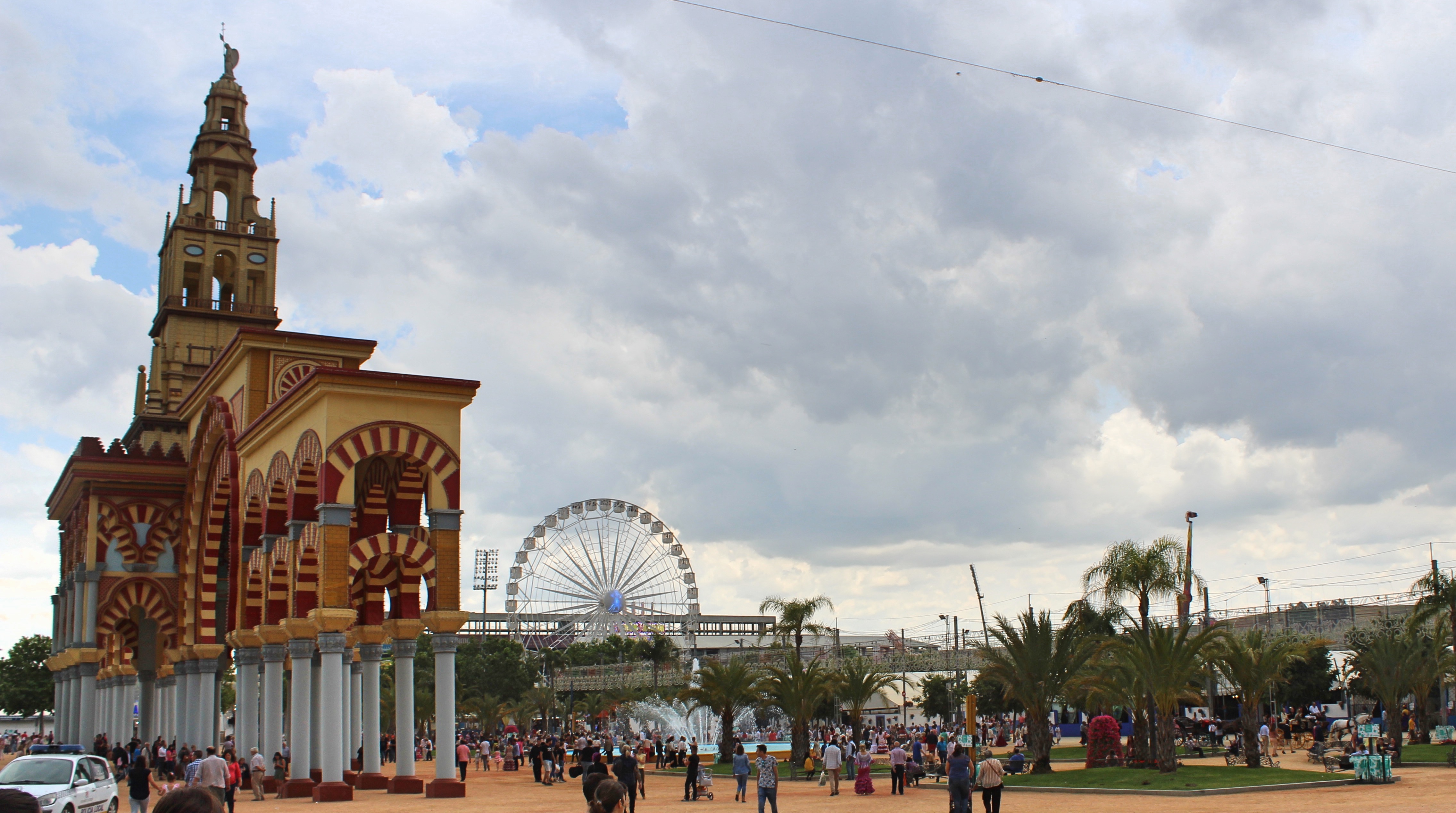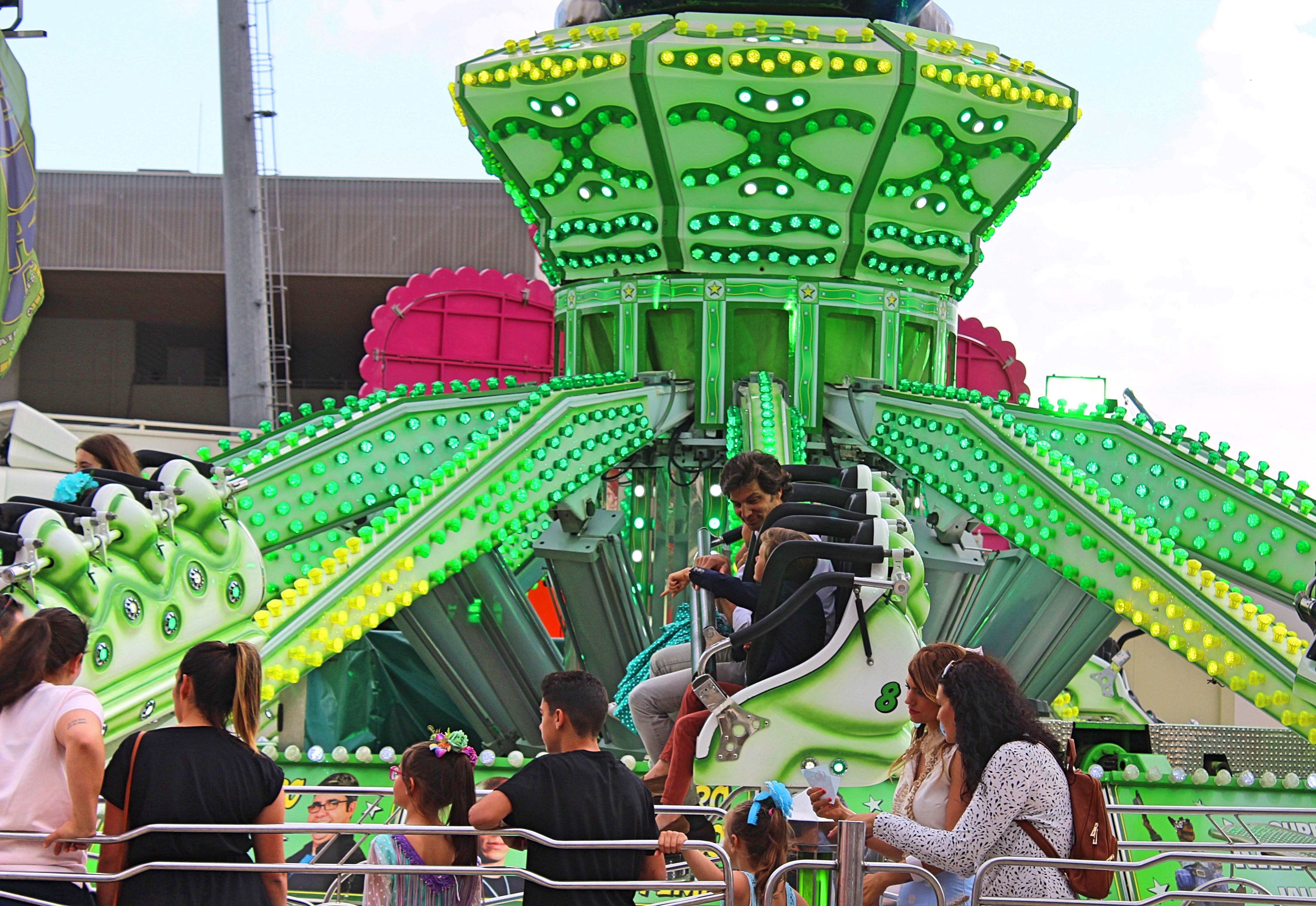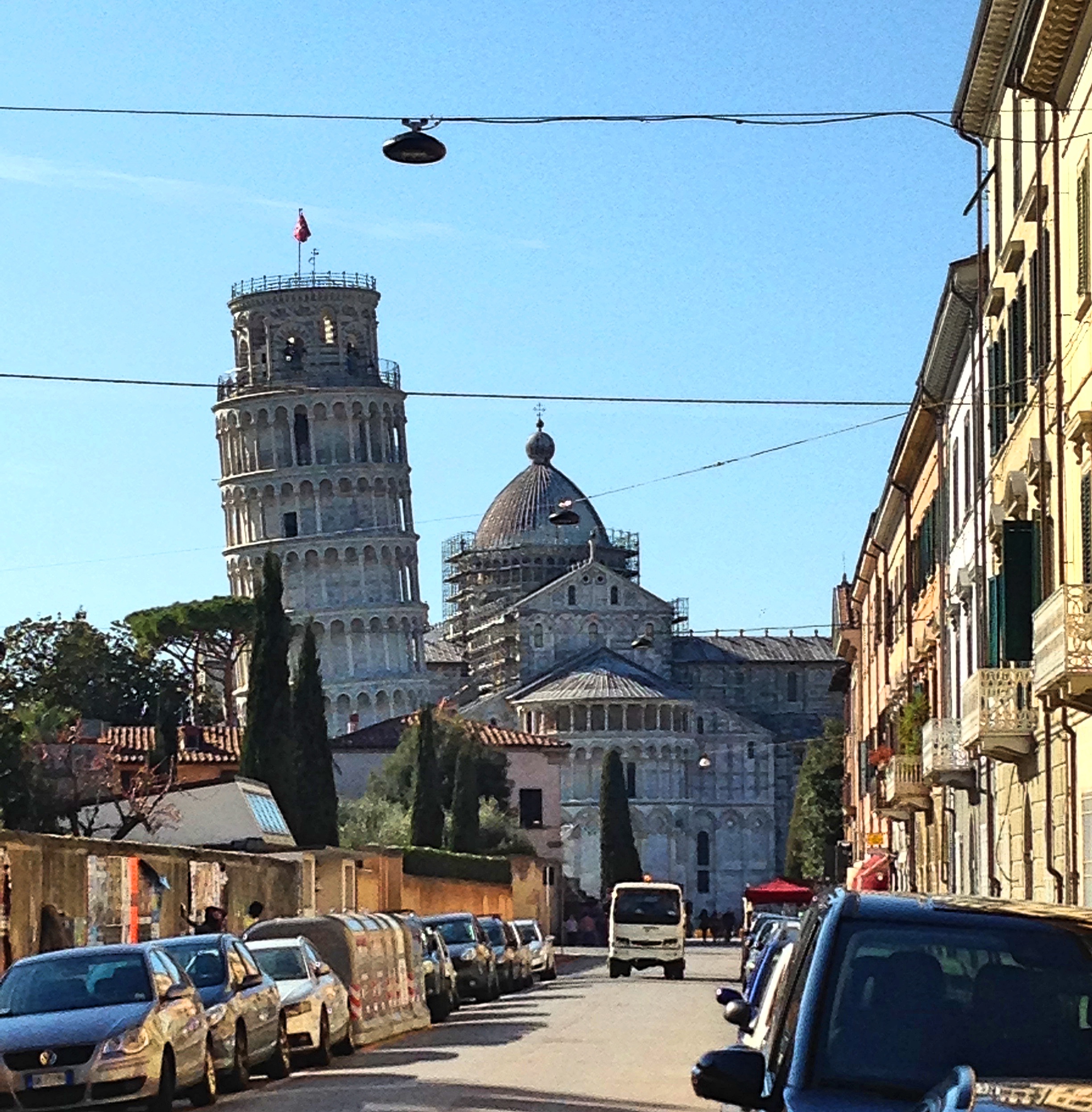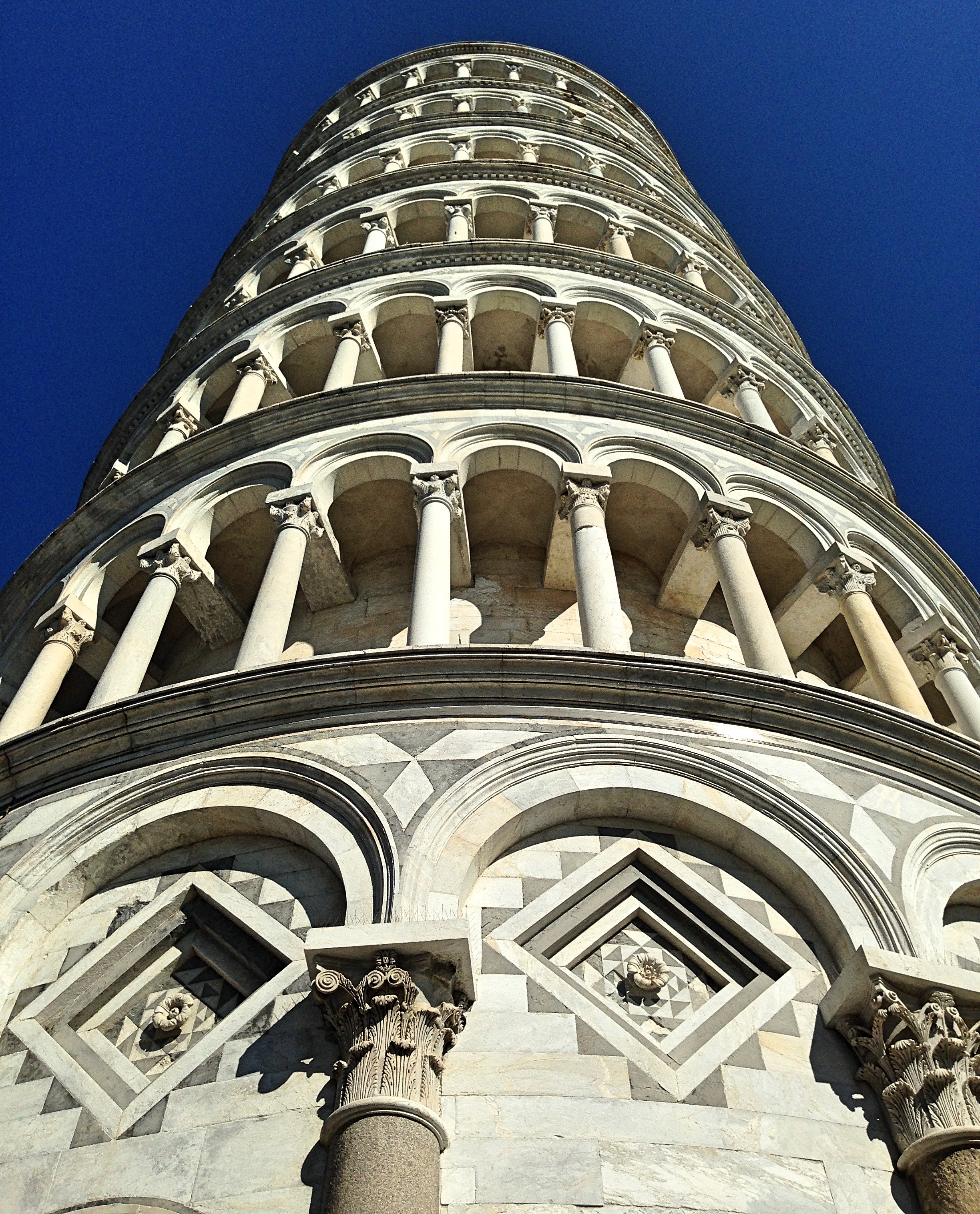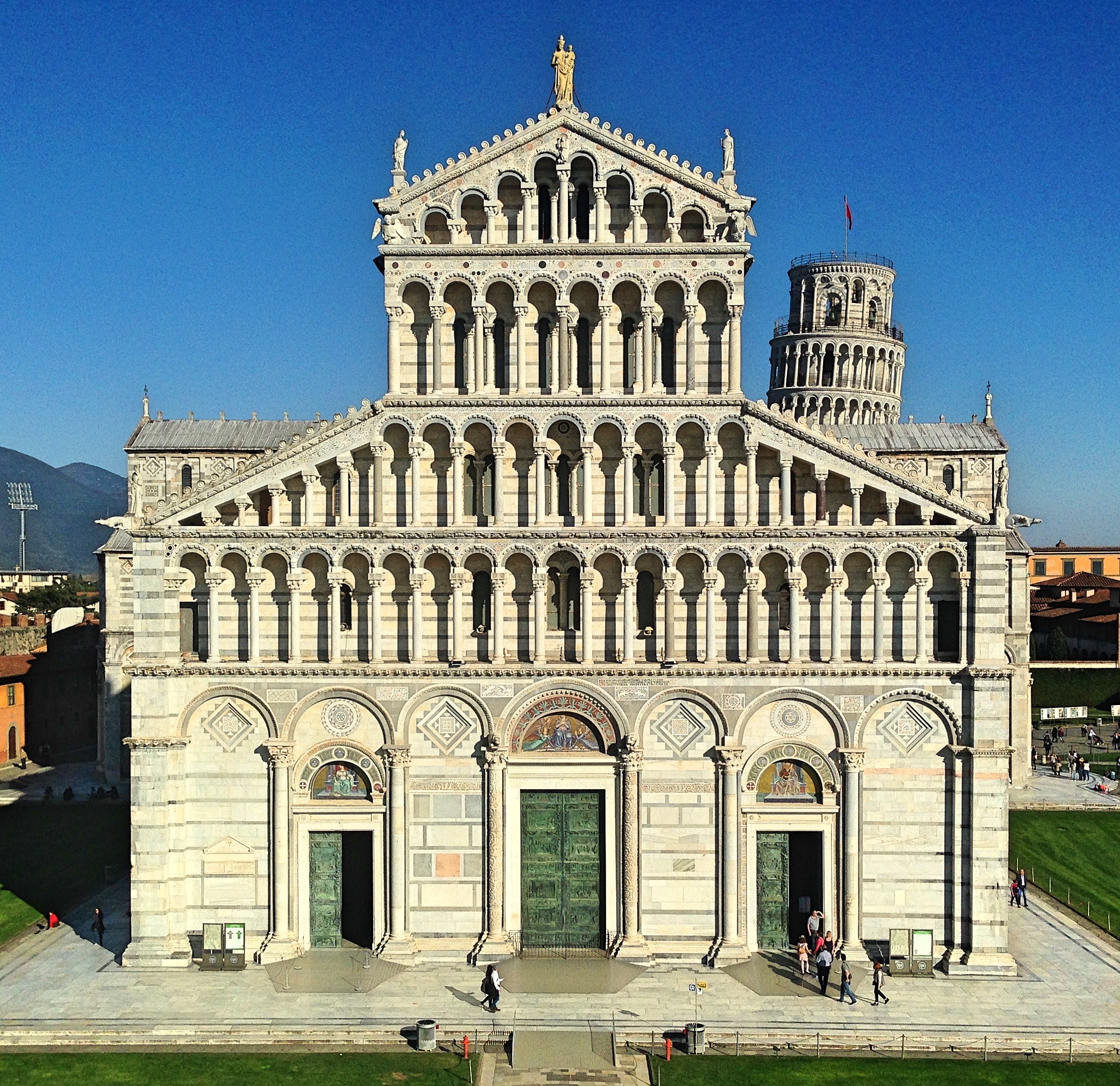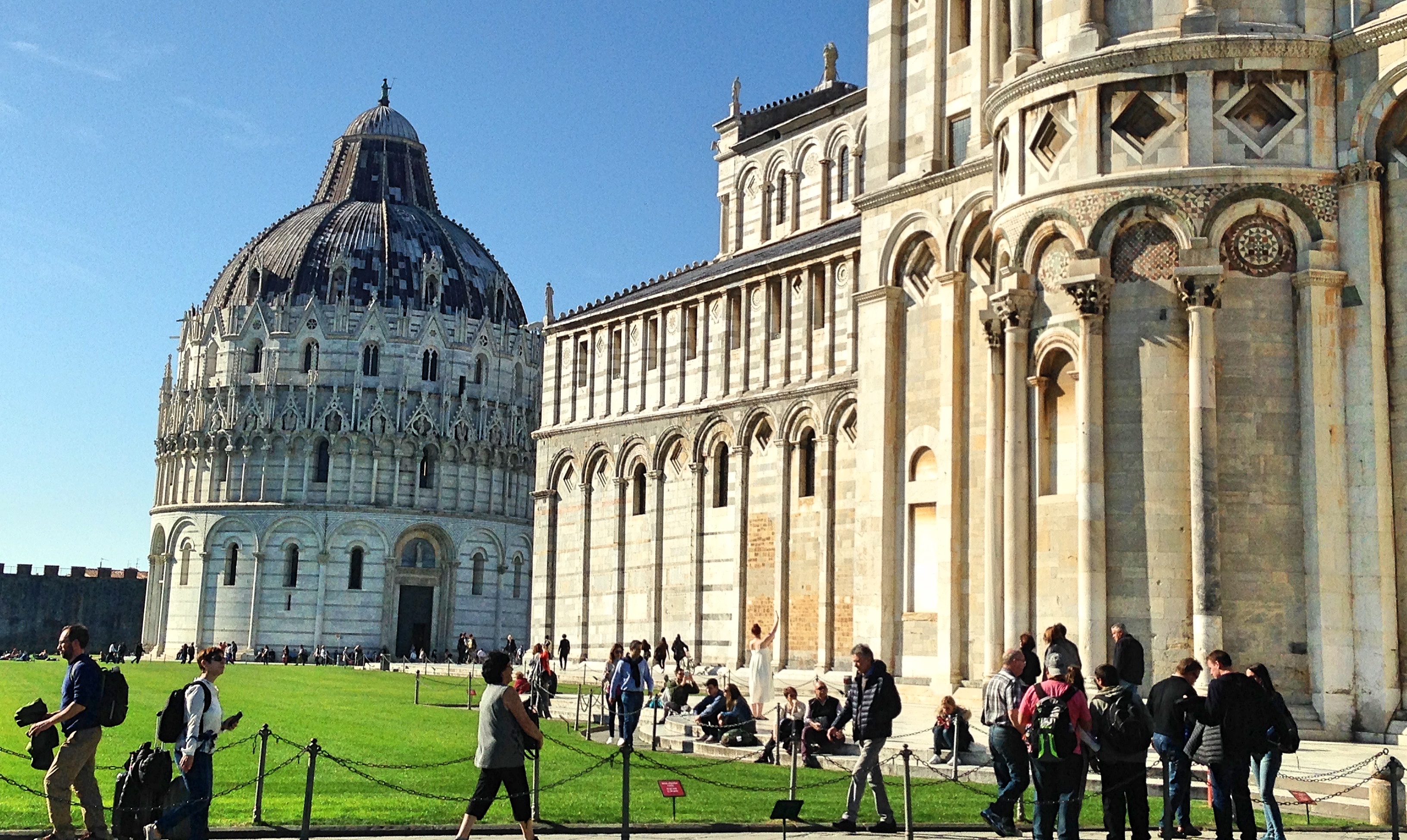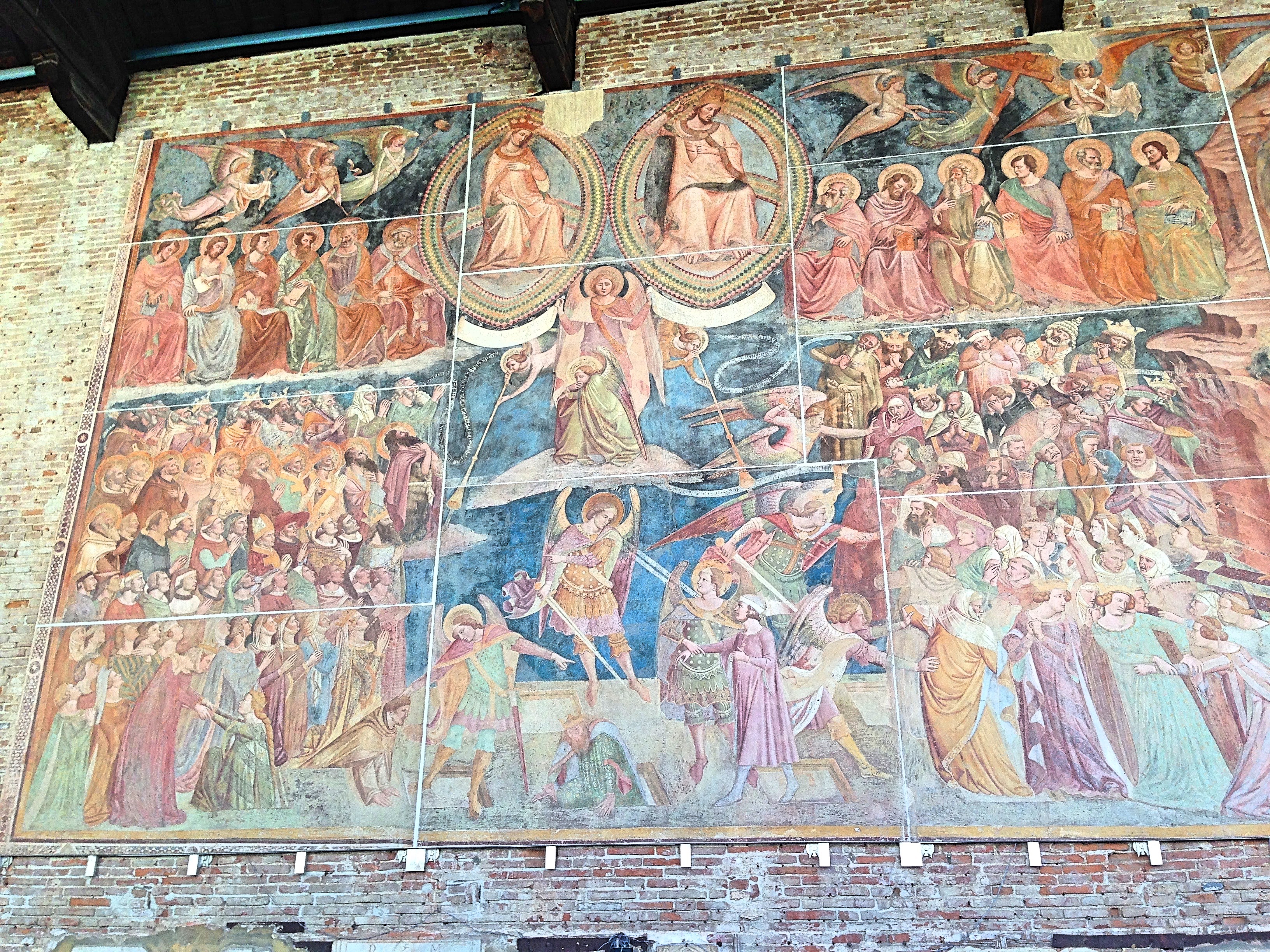Marie-Henri Bayle, who is better known by his pseudonym, Stendhal, visited Florence in the year 1817. He reports being so strongly affected by the art and the tombs that he became dizzy and nearly fainted. The term ‘Stendhal syndrome’ has since entered popular parlance, referring to lightheadedness induced by powerful art. If any city in the world is beautiful enough to endanger one’s health, it is most certainly Florence.
I imagine Stendhal riding through the Italian countryside on horseback, or being pulled in a leisurely carriage, giving the author time to observe the city’s surroundings and to savor its distant profile as he came near. The modern traveler seldom has such an experience. My first sight of the city was of the Firenze train station, whose cavernous interior, supported by metal girders and filled with tourists and ticket machines, was just as bland and anonymous as any other train station. We pay a price for the convenience of rapid transport.
Exactly 200 years after Stendhal fainted in Florence, I arrived early in the morning, having come from Pisa, where I was staying. Though it is admittedly inconvenient to take a train into Florence, I recommend this procedure to anyone traveling on a budget. Flights to and from Pisa are very cheap; and Pisa itself is far more economical than Florence. The trains run frequently between the two cities, and the ride takes around an hour. For my part I appreciated the chance to glimpse the Tuscan countryside through the train’s window: a bucolic tapestry of rolling green and brown hills, patched with farms and dotted with towns.
One day is all I had in Florence—absurd, I know—so I had to use my time effectively. My first stop was the Galleria dell’Accademia di Firenze, the museum famous for being the home of Michelangelo’s David. It does not look like very much from the street, so I almost missed the entrance. I was afraid that, due to the statue’s fame, I would have to wait in a dreadful line to get in; but perhaps because it was still early in the day, I was inside in minutes.
Once inside, a long hall opens up to reveal, standing at the far end under a brightly lit dome, the iconic form of the Biblical hero. My first reaction was surprise at its size. I had imagined the statue to be slightly larger than life-sized; but it is fully 17 feet tall—roughly three times larger than life—and stands on a pedestal which adds to its grandeur. I tried to examine some of the other paintings and statues on display, thinking it would be wise to leave David to the end. But I was so entranced by the statue that I soon gave up and went straight over to admire it.

I was reminded of a trip I had taken when I was a teenager to see the Statue of Liberty. Since I had seen the iconic statue thousands of times in photographs, I assumed that it would be underwhelming to see it up close. Yet I found that, once confronted with the behemoth, I could not turn away; I was drawn to it as with a magnetic force. Michelangelo’s David had the exact same effect on me. My eyes were fixed to the statue. Gazing at it, I felt my body tingle with a strange, excited energy. All the sleepiness of the morning was swept away; all my travel anxieties were quieted. The statue filled up my consciousness with a thrilling sensation of heroic beauty. Its effect is so powerful that it seems beguilingly new when seen in person, despite the overexposure it suffers in popular media.
Even more than other iconic works of art, Michelangelo’s David brings to mind the epithet “perfect.” The face, stance, and body are so convincingly conceived that we cannot imagine Michelangelo making any other choice. A well-known story, related by Giorgio Vasari (the famous art historian), tells how the politician Soderini criticized the statue’s nose for being too fat:
Michelangelo, noticing that the Gonfalonier was standing beneath the giant and that from where he was he could not see the figure properly, to satisfy him climbed on the scaffolding by the shoulders, seized hold of a chisel in his left hand, together with some of the marble dust lying on the planks, and as he tapped lightly with the chisel let the dust fall little by little, without altering anything. Then he looked down at the Gonfalonier, who had stopped to watch, and said: ‘Now look at it.’
To which Soderini replied: “Ah, that’s much better.”
This story is delightful in part because it captures how final, inalterable, and complete is the statue’s form—so perfect that any perceived flaw must be a mistaken apprehension. However, close inspection does reveal some deviations. The statue’s hands are noticeably too big, most obviously the right hand—which reminds me of a puppy who has yet to grow into his paws. The figure’s head is also, you will notice, too big for its slender body. Indeed if we saw a flesh-and-blood man who matched this statue’s form, I think we would be more shocked than impressed.
It is also worth noting that the statue is not exactly a convincing representation of the Biblical David. For one, the sling is so de-emphasized—just a barely visible line going over his shoulder and behind his back—that it is easy to overlook completely. And why would David be going into battle completely nude? Besides, it seems downright incongruous to make David, the famous giant-slayer, into a giant himself—a towering muscular warrior. Earlier representations of David, such as Donatello’s, had portrayed him as an impish boy; Michelangelo deviates from this tradition so far in his statue that the story is almost entirely forgotten as we gaze upon the work.

Yet, like any work of great art, what would normally be defects become, in Michelangelo’s statue, perfections. Nobody sees that glorious right hand, massively curling around the minuscule sling, and wishes it were otherwise. Nobody sees the towering muscular figure and wishes it were reduced to the stature of a boy. Nobody, in short, wishes the statue were anything other than what it is.
And yet, what is it? And why does this statue make such a deep, lasting impression? It is tempting to consider the David as something like the Venus de Milo, an ideal representation of human form. Yet, as I have pointed out, the statue is not anatomically correct—and quite intentionally so, since Michelangelo was not the man to make such an elementary mistake. And in any case the David’s muscular body, though impressive, does not differentiate it from one hundred other idealized nudes.
The viewer’s eyes can seldom pause on the statue’s torso, however fine, but inevitably stray up to the statue’s face. There we encounter something wholly unlike the serene, placid, empty expression of ancient statues. Rather, we find a face full of character—confident, defiant, supreme. The anonymous perfection of the ancient world—statues which unite the qualities of many into one ideal being—has become the individual perfection of the High Renaissance, the completeness of the single man.
As we are told in countless books, the Renaissance was a time when the mind of Europe shook off its sense of being powerless in the hands of divine forces, and developed a self-confidence in the power of humanity—and more than humanity in general, confidence in a few, select, great men. The ultimate expression of this occurred during the High Renaissance, when eminent artists were not merely regarded as brilliant craftsmen or genius creators, but in the words of Giorgio Vasari “mortal gods,” who strode about the earth like colossi, reshaping unformed chaos into perfect form like God Himself.
Everything about the David bespeaks this sense of power. His stance is the perfect combination of stability and mobility. He is rooted to the spot, and yet his gentle lean shows how easily he may shift himself. (This stance, which looks so natural in the statue, is actually quite difficult to reproduce—I’ve tried.) Even more than his muscles or his stance, however, the statue’s oversized head and hands are what give it the sense of force. For it is exactly these organs—giving us our ability to conceive the world differently, and to manipulate it into our prefered forms—that makes humans special, which makes us into “mortal gods.” The David is thus a symbol of humanity’s ability to subjugate matter to mind, to dominate the world with our will.
It is humbling to learn that Michelangelo completed this statue while he was still in his twenties. The original commission was for a statue to adorn the top of Florence’s cathedral; but since the work is obviously much too big to be hoisted up so high (it took three days to move it just a few blocks), a committee had to decide on a new location. Eventually it was agreed to put it in the plaza outside the Palazzo Vecchio, where it stayed until 1873, when it was finally moved into this museum in order to protect it from the elements. A copy now resides in the square—which, though apparently identical, fails completely to make the same impression as the original. Why this should be so is not something I can easily explain. The slight deviations in form and color are apparently enough to totally rid the statue of its mesmerizing majesty. A master’s touch is not so easily replicated.
Though there is nothing to compare to Michelangelo’s masterpiece, the Galleria dell’Accademia has a fine collection that is worth visiting on its own merits. Of particular note are the series of Prisoners originally sculpted by Michelangelo for Pope Julius II’s unrealized tomb. The most famous of these unfinished sculptures, the Dying Slave, is one of the prizes of the Louvre.
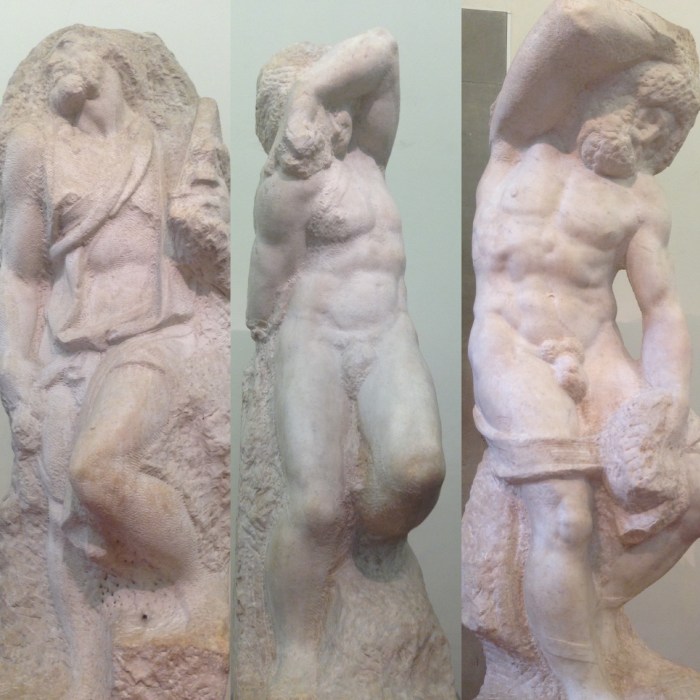
The pieces in Florence are, by comparison, rough and unformed—mere suggestions in stone. And yet I think they possess an eloquence all their own, providing snapshots of Michelangelo midway in the process of creation. The human forms emerge from the stone—the twisted bodies at once languid and dolorous, as if suffering from a nightmare. And like a dream they are themselves confused and only half-real. When the visitor compares these rough limbs, trapped in marble, to the smooth skin and living frame of the David, she can sense the tremendous act of imagination required to create these works—seeing the finished whole buried within unformed chaos, choosing the true alternative from infinite possibilities.
To me, this is the great theme in all of Michelangelo’s works: the act of creation which can make us into “mortal gods.” It was he, after all, who gave us the most poignant image of divine creation in Western art, on the roof of the Sistine Chapel.
The rest of the museum has some excellent paintings from the late gothic and the early Renaissance, but what most sticks out in my memory is the room full of sculptures by Lorenzo Bartolini. These are all plaster works, and range from busts, to funerary monuments, to friezes, to full-size sculptures. Though their technical execution is impressive, what impresses more is simply the proliferation of works on display—every wall and surface is covered, and there is hardly space for the visitor to walk through. I must admit, however, that the final effect of all this is of a frigid academic correctness.
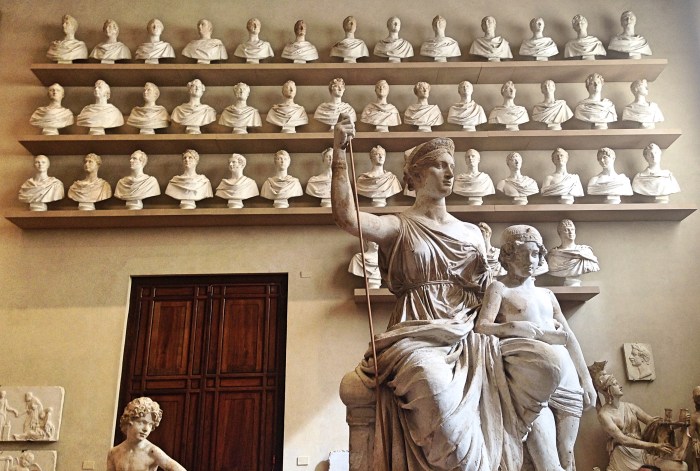
Now it was time to see something of the city. Florence has a well-preserved historic center and maintains the look and feel of a medieval city. The narrow streets are not, however, so chaotic and claustrophobic as other old European cities I have visited, such as Toledo, making it a very pleasant city to stroll about in. But I only had a day—less, in fact—so I was in that rushed, anxious state of mind of having far too much to do in too little time. Aimless strolls and meditative people-watching were beyond me.
Soon I arrived in the Piazza della Signoria, the heart of the city. This iconic square is presided over by the Palazzo Vecchio, Florence’s city hall. This building has been the capital building of the city for hundreds of years, and has been called various names over its history, mostly corresponding to which political power was ascendant—Popolo, Priori, Signoria, Ducale. Nowadays it is simply called “old”—perhaps to acknowledging the power of time, which rules us all. It is an extremely attractive structure. The brown, square body of the building flowers into a decorative battlement, whose crenellated walls hang out over the edge. Stretching high up above is the clock tower, which mimics the main structure in its blooming parapet. Its slender form reminds me of a swan’s neck, and gives the whole building a lovely gentleness.

This building has been at the center of Florence’s history—and all its many factional disputes and power squabbles—for hundreds of years. It was also the scene of one of the most famous art contests in history. Leonardo da Vinci and the much younger Michelangelo Buonarroti (who disliked one another) were both commissioned to paint vast panoramas of battles from Florentine history. Both of them prepared full-sized preliminary cartoons that were hung in the Palazzo Vecchio for all to see and admire. Giorgio Vasari and Benvenuto Cellini both singled out these works for their surpassing excellence, the latter even saying: “So long as they remained intact, they were the school of the world.” Unfortunately, neither of these works survived: Leonardo’s shoddy paint deteriorated, and Michelangelo never even got around to painting it. The only survivors are some partial copies made while they were extant. Nowadays the spot they would have occupied is covered by paintings by Vasari, which few people care for.
The inside of the building is, of course, richly decorated; and it is one of my many regrets of my visit that I did not have time to go inside. But I was on the clock, and had to prioritize.

At one end of this square is one of the many treasures of Florence: the Loggia del Lanzi. This is a covered area, open to the public, filled with sculptures—a miniature, open-air museum. Two of my favorite sculptures on display were created by Jean Boulogne, a Flemish mannerist sculptor better known by his Italianized name Giambologna. One of these depicts Hercules fighting the centaur Nessus. The hero has the beast by the hair, and is bending its back painfully over his knee. The writhing, almost insect-like form of the centaur—prostrate and helpless—contrasts wonderfully with Hercules, who bends his body like a Roman athlete in preparation to strike the fatal blow.

Even more impressive is Giambologna’s Rape of the Sabine Women. The name hardly explains the action of the work (who is the man crouching underneath?), which is to be expected, since Giambologna originally crafted this as a demonstration of his prowess and only came up with the name afterwards. It is a sculptural tour de force, with no true front or back, no beginning or end. The writhing bodies twist upwards, revealing themselves in different aspects as the viewer walks around the work. The final effect is brilliant—pressing upwards with a desperate energy, seeming to stretch towards the sky. The work has proven very popular and is much reproduced; just recently I spotted a copy in the gardens of Versailles.
Yet the undoubted star of this group of sculptures is Benvenuto Cellini’s Perseus. Now, I admit I am prone to being partial to Cellini, since I read and loved his autobiography (see link above). In that book he describes the strain of constructing the statue:
The labour was more than I could stand; yet I forced myself to strain every nerve and muscle. To increase my anxieties, the workshop took fire, and we were afraid lest the roof should fall upon our heads; while, from the garden, such a storm of wind and rain kept blowing in, that it perceptibly cooled the furnace. … Battling thus with these untoward circumstances for several hours, and exerting myself beyond even the measure of my powerful constitution, and a sudden fever, of the utmost possible intensity, attacked me.

This was not the end of Cellini’s troubles, however. He was using a lost-wax technique to cast the statue out of one solid piece of bronze—something that was extremely novel and risky in Cellini’s age. After retiring to bed to recover from his sudden fever, and tossing and turning there for two hours, he was called back by an assistant who told him that the bronze was “caking,” which meant that the fire wasn’t hot enough to melt it. Cellini solved this by adding oak logs to the fire. But then the fire got so hot that the furnace exploded, forcing Cellini to pour the molten metal into the cast before it boiled out. But he found that the high temperature had burnt away the alloyed metals, thus preventing the bronze from pouring properly. He solved this crisis by throwing in his pewter dishes and cutlery, whose addition gave the metal the correct consistency. From this chaos his Perseus was born.
Cellini was a goldsmith, not a sculptor, by training; and his background helps to explain the peculiar excellence of his sculpture. The statue does not awe with its monumental grandeur, but rather delights in its fine detail. The base of the sculpture (which he designed as well) is as delicate as Cellini’s salt cellar in Vienna, and forms an integral part of the work. The statue itself is no less detailed: the viewer can almost smell the entrails dripping from Medusa’s severed head. This grisly detail is matched by the limp, crumpled, and beheaded body of Medusa laying underfoot; and all this combines to make Cellini’s Perseus a much more strikingly violent statue than we are accustomed to seeing. The realism makes the striding Greek hero, with his winged sandals and helmet, look both glorious and menacing; he has done a great deed but has also bathed himself in blood.
The sculptures in the Loggia del Lanzi are not the only ones to be seen in the Piazza. I have already mentioned the copy of Michelangelo’s David, which stands in the original position. Nearby is Baccio Bandinelli’s statue of Hercules and Cacus. The victorious hero holds the fire-breathing monster by the hair, his other hand clutching a club. What most sticks out for comment is Hercules’ gigantic frame; every inch of his skin is rippling with bulging muscles. The statue was famously mocked by Cellini (who was a rival for patronage and so not exactly a fair judge), who said “his sprawling shoulders are like the two pommels of an ass’ pack-saddle; his breasts and his the muscles of the body are not portrayed from a man, but from a big sack full of melons set upright against the wall.” And indeed, his skin does look unnaturally bumpy—especially his back. But the final impression is effective: conveying invincible physical strength.
Another prominent feature of the Piazza is the Fountain of Neptune, designed by Bartolomeo Ammannati. Unfortunately, however, I was unable to see the fountain, since it is undergoing restoration. It has been the repeated target of vandalism, and so nowadays it is covered by a thick scaffolding. Even Florence cannot be perfect.
Now it was time to go to Florence’s other famous square: the Piazza del Duomo, where the visitor can find Florence’s iconic cathedral. (Though the word “cattedrale” exists in Italian, the word “duomo” is commonly used to designate cathedrals. I had assumed it meant “dome” but I was wrong; it derives from the Latin word for house, “domus,” as in “house of God.”)
If any building in Florence is capable of inducing Stendhal syndrome, it is this. The cathedral is magnificent. The exterior of the building is a sublime work of abstract decoration, constructed using differently colored marble from various parts of Italy. It took centuries to complete, and must have cost a fortune. When combined with its decorative paintings, statues, and friezes, along with its monumental size and noble form, its harmonious geometrical arrangement, the impression is similar to that created by the interior of St. Peter’s in the Vatican—and, indeed, many Italian churches—an overwhelming sense of aesthetic pleasure, delightful on every scale. There is a wonderful brilliance to Italian architecture that, even if it does not reach the profundity of the gothic, compensates with its pure visual joy.

I waited on line to take a walk inside, which did not take half so long as I expected. Compared with its glorious façade, the inside is something of a let down, being surprisingly unadorned. There is, however, a famous painting of Dante by Domenico di Michelino, in which the Florentine poet stands before the city of Florence and gestures towards Hell, Purgatory, and Heaven in the background. This is but one of the many tributes that Florence paid to Dante posthumously, after its infamous banishment of the poet during his lifetime. There is also a 24-hour clock decorated by Paolo Uccello, whom Vasari criticizes in his Lives for dedicating his time to useless technical problems of perspective. Uccello was also responsible for the funerary monument to Sir John Hawkwood, an English mercenary. Yet the most memorable work is the decoration on the inside of the massive dome, completed by none other than Giorgio Vasari (who had help), depicting the Last Judgment. From the ground the viewer cannot see the details very well, but the various figures combine to make a harmonious image.

This dome is, of course, the most famous element of the cathedral. At the time it was built, it was an engineering feat without parallel. Its architect, Filippo Brunelleschi, studied several surviving Roman domes, such as the Pantheon, in order to conceive it; but he was at an engineering disadvantage to the Romans, since the formula for concrete had long been lost. Thus Brunelleschi was forced to use brick as a substitute lightweight material. His designs were so radical at the time that he had a difficult time getting the authorities to believe him. For one thing, since he realized that scaffolding would require an exorbitant amount of wood, he created a design that could be constructed without it. To his contemporaries, this sounded like madness. When he was asked to reveal his plans (for he had many rivals, and had to compete to gain creative control) Brunelleschi was unwilling to do so, and instead responded with a challenge:
… he suggested to the other masters, both the foreigners and the Florentines, that whoever could make an egg stand on end on a flat piece of marble should build the cupola, since this would show how intelligent each man was. So an egg was procured and the artists in turn tried to make it stand on end; but they were all unsuccessful. Then Filippo was asked to do so, and taking the egg graciously he cracked its bottom on the marble and made it stay upright. The others complained that they could have done as much, and laughing at them Filippo retorted that they would also have known how to vault the cupola if they had seen his model or plans.
This was not the end of his troubles, however. The commission, responding to a rival faction, soon appointed the artist Lorenzo Ghiberti to be Brunelleschi’s partner. Yet Ghiberti had little idea of the architect’s plans and no relevant experience. This greatly irked Brunelleschi, since he would have to share the glory with somebody who contributed nothing. Thus to reveal his partner’s incompetence, Brunelleschi pretended to be sick and unable to work; and since Ghiberti could not direct the work himself, the project came to a standstill. This made it sufficiently obvious that Brunelleschi was the driving force behind the construction.
The final result is glorious. Octagonal rather than circular, the dome has two shells, inner and outer, and is crowned with a lantern that is accessible via a stairwell in the dome itself. I admit that I am baffled by how Brunelleschi accomplished this feat. Without a wooden support, how did he keep the bricks in place as the mortar dried? It seems impossible. And how did he transport the bricks up so high without scaffolding? In addition to his architectural innovations, Brunelleschi also created influential contraptions to hoist and move the building materials; and it is possible that the young Leonardo da Vinci saw some of these, which would have obviously appealed to the young omnivore.
Nowadays a statue of Brunelleschi, by Luigi Pampaloni, stands in the plaza, a compass one hand and his plans in the other, the architect gazing anxiously up towards his creation. He was, without doubt, one of the great geniuses of the Italian Renaissance, and his dome remains one of history’s great examples of the combination of science and art.
Standing next door to the cathedral is its bell-tower, called Giotto’s Campanile since it owes its gothic design to that iconic Italian painter. Its colorful marble exterior, covered in decorations and sculptures, matches that of the cathedral; yet its vertical design is more obviously gothic in origin. Facing the cathedral is Florence’s baptistery, the Baptistery of St. John, where none other than Dante was dunked into the faith. Having just seen the sparse baptistery in Pisa, I did not feel inclined to go inside; but now I regret it, seeing that the building’s roof is decorated with a beautiful Romanesque mosaic.
The most famous element of the baptistery is, however, on the outside: the Gates of Paradise. These are monumental doors designed by Lorenzo Ghiberti, aforementioned as Brunelleschi’s unwelcome partner. He may have not been much of an architect, but he was a brilliant sculptor. He received the commision to make the doors after winning a famous competition, in which all the best Florentine artists participated. Here is the story from Vasari’s Life:
Altogether there were thirty-four judges, each one an expert in his particular art, and although opinions varied considerably, some of them liking the style of one man and some that of another, they all agreed none the less that Filippo Brunelleschi and Lorenzo di Bartoluccio had composed and finished their scenes better, and with a richer variety of figures, than had Donatello, even though his also showed great qualities of design. The figures in Jacopo della Querci’a scene were good, but they lacked delicacy despite all the care and design that had gone into them. Francesco di Valdambrino had made some good heads and his scene was well finished, but the composition was confused. …. Only the scene which Lorenzo offered as a specimen … was absolutely perfect in every detail: the whole work had design, and was very well composed; the finely posed figures showed the individuality of his style and were made with elegance and grace; and the scene was finished so carefully that it seemed to have been breathed into shape rather than cast with iron tools.
(Donatello did not actually participate in this competition, as he was too young at the time.)
The original doors have been moved into the Duomo Museum for restoration. What stands in the baptistery now is a modern copy. Nevertheless it is a stunning work, shimmering with gold and covered with detail. Upon seeing the exuberance of microscopic detail and delicate craftsmanship, one is not surprised to learn that the door took over twenty years to make. It was, however, somewhat difficult to appreciate, since it is removed with a fence and is usually surrounded by a crowd of onlookers. Ideally one would be able to get close and examine the door panel by panel. Its name was given it by Michelangelo several decades later, who, when asked his opinion of the doors, said they were fit to serve as the entrance to paradise; and Vasari seconded the opinion by calling the doors “perfect in every particular, the finest masterpiece in the world.”
Now it was time for another museum. I was saving the Uffizi for last, since it is open relatively late (until 18:50). Instead I went to the Bargello. This is an excellent art museum (if it were in any other city it would be more well-known) housed in the oldest civic building still standing in Florence. It is a somewhat severe structure, with high crenellated walls that make it look like a fortress, which was once occupied by the chief of police (“bargello” in Italian) and used for executions. Nowadays its medieval courtyard and expansive rooms are used for far more pacific purposes.

I had little expectations from this museum, so I was delighted to find several masterpieces that I had heard of before. One of these was yet another work by Michelangelo, his Bacchus. The statue was apparently made to emulate classical works; and for my part Michelangelo accomplished his task all too well. Though expertly made, with a convincingly off-center pose suggestive of drunkenness, the statue’s final effect is somewhat unpleasant. This is due, I think, to the antique face, which is stiff and inexpressive—hardly even human. Nevertheless I think it is astounding the degree to which the young artist recaptured the spirit of Greco-Roman art, especially considering how far beyond it Michelangelo could go.
Also on display are the panels used to judge of the competition for the baptistery doors. The two finalists, Brunelleschi and Ghiberti, both created a panel depicting the sacrifice of Isaac. It is fascinating to see how these two masters interpreted this traditional scene differently. For my part I can see why Ghiberti’s work was preferred. His figures are more supple and dramatic than Brunelleschi’s, whose seem stiff and unnatural by comparison. Another gem is Giambologna’s Mercury, one more of his much-copied figures. The extraordinary lightness, balance, and grace of the statue does justice to the fleet-footed messenger god.
Cellini is also represented here, for the museum has a small bronze model for his statue of Perseus, as well as the original base of the statue (I believe the one outside is a copy). I was even more delighted to find Gian Lorenzo Bernini’s bust of Costanza Bonarelli, the wife of one of his rich patrons, a woman with whom the artist fell madly in love. The intensity of his passion is easily visible in the work, which portrays his beloved with electrifying realness, his muse wearing an expression somewhere between ferocity and tenderness—the strange space is where all love affairs reside.

Yet my favorite pieces were found in the large hall on the first floor (second floor for Americans). Here can be found some of Donatello’s greatest works. Two statues of David are on display, an early one in marble and a later one in bronze. Of these the second is by far the greater. This was the first free-standing bronze statue made in Europe since antiquity. Here the Hebrew king is depicted nude, in a pose that can only described as sassy. Indeed, as many have remarked, the young warrior is astonishingly feminine, which have prompted some commentators to see it as intentionally homoerotic. Certainly, the solemnities of religion or the glories of battle do not come to mind when viewing the statue. One is instead drawn in by the beauty of the androgynous figure—his smooth skin, relaxed pose, and oversized hat and sword. The severed head of Goliath lying at his feet seems like an afterthought. Less beguilingly ambiguous, yet just as masterful, is the artist’s St. George, whose heroic pose and gaze prefigure the power displayed in Michelangelo’s David.

In this same room is yet another famous statue of David in Florence, this one by Andrea del Verrocchio. Here David is portrayed as even younger than in Donatello’s version, a boy in his early teens. The sensuality of Donatello is entirely absent from this version; yet Verrocchio maintains the impish defiance of the lithe figure. The boy is very handsome, which has caused some to speculate that Verrocchio modeled the work after his young pupil Leonardo da Vinci, known for his physical beauty. Apart from its aesthetic appeal, the statue is valuable for revealing the development of the Italian Renaissance. In Donatello’s we see the triumph of humanism and realism, in Verrocchio’s (made a generation later) the dominance of refinement, elegance, and delicacy, and in Michelangelo’s (made another generation later) the monumental grandeur of the High Renaissance.
Indeed, I would say that the Bargello’s collection, aside from its intrinsic worth, is valuable for its ability to reveal the development of Florence’s artists, both historically and biographically. It is one of the many jewels of the city.
But now I could not put it off any longer. I had to go see the greatest art museum on the Italian peninsula: the Uffizi.
The building of the Uffizi Gallery was designed by none other than Giorgio Vasari, who has already featured so prominently in this post. While Vasari may not have excelled in any field, he was certainly adept in many. The original idea was to make new government offices (hence the name “Uffizi”), but from the start (during the 16th century) the Medici rulers used at least a part of the building to display some of their massive art collection. As such, the Uffizi is one of the oldest museums in Europe, though it did not officially become a public museum until the 18th century, when the Medici family donated their art collection to the people of Florence. Nowadays it is the most-visited museum in Italy, and for good reason.
Vasari built a loggia, or an open courtyard, into his design; and this is now where visitors line up to buy a ticket, surrounded by street vendors selling their watercolors, posters, and other art paraphernalia, and heavily-armed military men look around with menaces and machine guns. In the 19th century sculptors added statues of famous Florentines into the walls of this courtyard; and the effect is a powerful reminder of how crucial this small city—with a population of just 70,000 during the High Renaissance—has been to Europe’s cultural history. Aside from great artists such as Benvenuto Cellini, Leonardo da Vinci, and Michelangelo, Florence has given us great writers such as Dante, Petrarch, and Boccaccio, and great thinkers like Machiavelli and Galileo. Imagine how different European history would be without these men! If brilliance were just the product of genetic chance, then it would boggle the mind that so many geniuses were born at around the same place and time; it seems that Florentine culture contained a vital spark that set these minds afire. If only we could figure out how to reproduce this cultural vitality.

After examining the eminent Florentines, I took my place on the line. I was sandwiched between American families. In general I dislike overhearing conversations. For every interesting tidbit there are nine stupidities. It is not that people are so foolish—at least, not so many of them—but that, when speaking freely among friends, almost everyone utters banalities, absurdities, or frankly foolish things at an alarming rate. The mind, when unchecked, generates a near-constant stream of nonsense. That is just the way we are built. This is why I so appreciate traveling alone in a foreign country. Without other people around to provoke me, and when all the ambient conversation is unintelligible, my mind calms down into a blank silence. Then, I can at least pretend that I am not an average dullard.
But, as I said, I was sandwiched between two American families; so that despite my earphones in and an audiobook playing (it was Bleak House) I could not help overhearing some of what was said. The majority was the usual sort of bickering and complaining that goes on during any family vacation—impatient whining, microscopic arguments, and so on. But at some point the families noticed each other, and started up a conversation, I suppose to pass the time as the line slowly inched forward. I learned that one group was from Tennessee, the other from Texas, and both had the accent to prove it. I remember hearing one of them say, “Ah, ya’ll are southerners, too. Ya’ll get it. Those Northerners look down on us.” And I must admit that it is true, at least as far as New Yorkers are concerned: we are very sure of our cultural superiority. Living in Europe has not helped to erase this tendency in myself.
Finally, after much waiting and more complaining from the Americans—the anxious impatience that people display is what really makes waiting in lines terrible—I entered the iconic gallery.
One of the Uffizi’s best qualities is its layout. A single, unbroken path can take the visitor from the start of the gallery to its end, in a satisfying chronological sequence. This, by the way, is one of the primary disadvantages of enormous collections such as the Louvre or the Metropolitan: the visitor must wander around, double back, scan a map; and even after all that, there is a very good chance of missing something. Not so in the Uffizi. An ornate hallway leads along the interior of the building—overlooking the aforementioned courtyard—filled with busts and sculptures. Leading outwards from the hallways are a series of rooms filled with paintings, giving the visitor a panoramic view of the Renaissance.
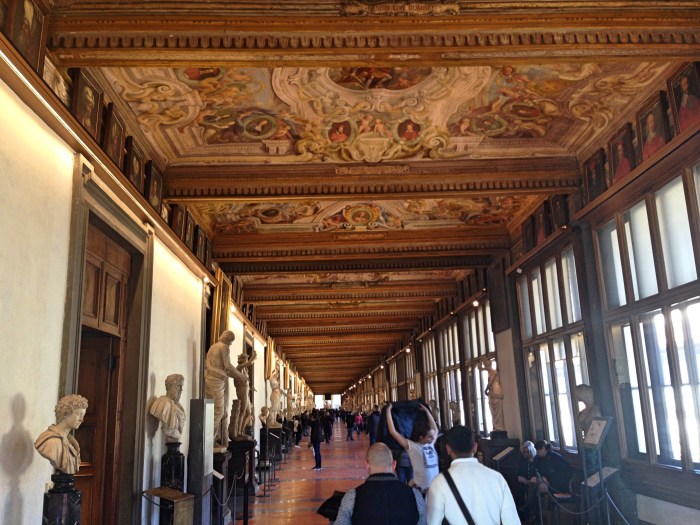
As always with museums, I am at serious risk of losing myself in descriptions of artworks, swelling this post beyond its already bloated proportions. To begin, I will only mention a few exemplary works. There is work by that celebrated founder of the Renaissance, Giotto: The Madonna Enthroned. At a glance it is clear that Giotto was still very much working within the gothic tradition; yet the symmetrical composition, realistic drapery of the clothing, and voluminous bodies show that Giotto had pushed art towards realism. This is especially apparent if we compare Giotto’s work with that of his (reputed) master, Cimabue, who also has a painting of the enthroned Virgin on display. Although Cimabue’s is excellent in its own way, it certainly seems stiff and stylized next to Giotto.
The Uffizi also has Gentile de Fabrio’s famous Adoration of the Magi, one of the high points of gothic art. It is a busy composition, with a multitude of figures arranged without respect for perspective. A further departure from naturalism are the costumes, which are plainly of the Renaissance and not of the ancient near east. Nevertheless it is a beautiful work—harmoniously arranged and full of tantalizing detail.
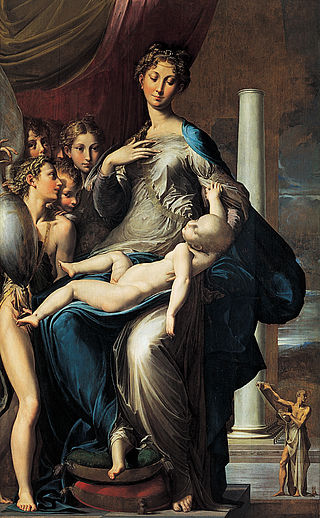
Skipping ahead a few centuries, the Uffizi also has the most iconic work of the mannerist period: Parmigianino’s Madonna with the Long Neck. The title more or less says it all. The painting seems to break, and very deliberately, all of the strictures of Renaissance art. The titular Virgin is flagrantly misproportioned: as in a gothic work, she is notably taller than everyone who surrounds her, and of course her neck is swan-like in its extension. Likewise, the infant Jesus appears massive; and in his sprawled pose on the Virgin’s lap, I cannot help thinking that the poor babe has had too much to drink. The work is glaringly unsymmetrical, with all the attendant angels crammed to one side; on the other, a prophet holding a scroll appears so ludicrously tiny that we fear the Madonna may squash him underfoot. For my part I think it is a beautiful painting, although it completely fails to evoke anything resembling religious sentiments.
Caravaggio also has some notable works on display. One is his imagined portrait of Bacchus, who reclines in a white robe, appropriately surrounded by grapes and wine. The final effect is not of classical grace, however, as Caravaggio’s realism transforms the god into a smug and self-satisfied boy. There is also a painting of Medusa’s severed head by the painter, which quite rivals Cellini for ghastliness. His most powerful work, however, must be his Sacrifice of Isaac. As is often remarked, Caravaggio had a genius for turning Biblical scenes—represented in highly stylized images for centuries—into strikingly realistic works. The detail that most distinguished this painting is Isaac’s face, distorted with fear and desolation—exactly how one would imagine a son to feel who was about to be killed by his own father.
The Uffizi also has an impressive collection of works from artists across the seas and beyond the alps. There are paintings by the Spanish triumvirate, El Greco, Goya, and Velazquez (an excellent self-portrait). Dürer, van Dyck, van der Weyden, and Rembrandt are also in attendance. I should also not neglect to mention some of the wonderful statues on display. In one room the sons and daughters of Niobe are displayed, all distressed and in agony due to Artemis and Apollo’s arrows. (Niobe boasted that she was superior to the goddess Leto, because she had more sons and daughters, and accordingly suffered divine punishment.) There are busts of famous Romans, such as Seneca and Marcus Aurelius. One niche contains a finely sculpted wild boar, of ancient date. Another pair of statues depict a mythological figure (Prometheus?) bound and hanging by his hands, no doubt suffering divine justice, which was very harsh back in those days.

I go on and on, and have not yet gotten to the stars of the Renaissance. Though not a Florentine, Raphael de Urbino is welcomed into the collection with his Madonna of the Goldfinch. As in many Raphael works, a very pretty Madonna sits in a lush field, while the infant Jesus and John the Baptist play at her knees (this time, cradling a goldfinch). The cool colors and symmetrical composition create the typical Raphael effect: a soothing, delightful harmony. There is also a version of Raphael’s iconic portrait of Julius II; long believe to be the original, nowadays that title is given to a version in the National Gallery, London.
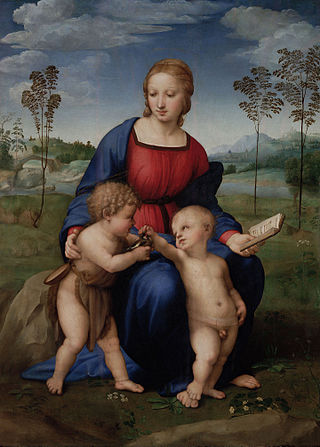
Never one to be shown up, Michelangelo also contributes a version of the holy family, the Doni Tondo. This is actually the only finished and mature panel painting by that master which survives. (Two lesser works are kept at the aforementioned National Gallery.) The colors are extremely vibrant and bright, which is partially due to Michelangelo’s voluminous style, using stark contrasts in color to create a statuesque effect. As is often remarked, the great artist was first and foremost a sculptor, and his mature paintings look like an attempt to create sculptures in pigment. While I love the monumental grandeur of the painting, I must admit that I miss the bucolic sweetness of Raphael; and the nude figures in the background (which scholars have struggled to explain) only make matters worse. Michelangelo was not an artist for small scales.
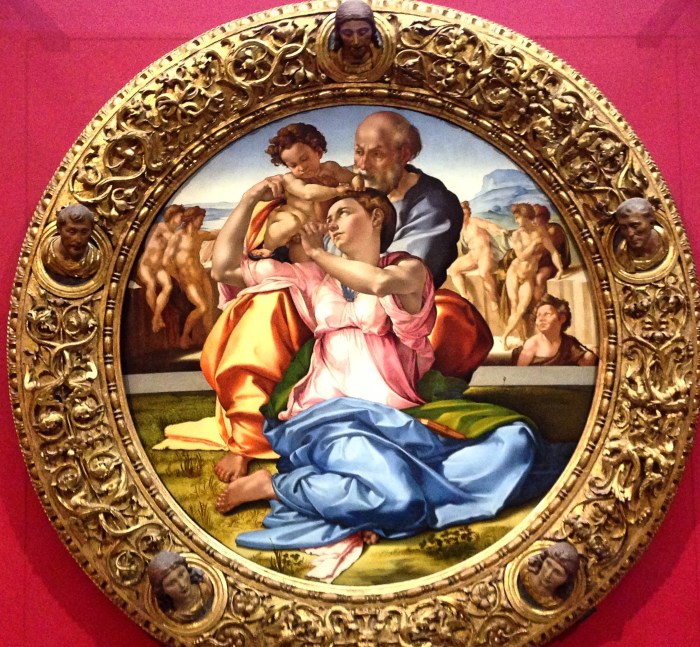
I have cheated somewhat by viewing the gallery out of order, so as to discuss its two most paintings last: Sandro Botticelli’s Birth of Venus and Primavera. They are both in the same room, surrounded by other works by the Florentine master.
The Birth of Venus is just as stunning in person as I expected it to be. Few images in the history of Western art are comparably famous. We have seen it so many times that the painting has become an integral part of our visual culture. And yet, when you examine the painting, you will see that it is odd in several respects. First, like Michelangelo’s David, Botticelli’s Venus is conspicuously misproportioned: her long neck and sloping shoulders are even reminiscent of Parmigianino’s swan-like Madonna. Besides this, her stance, so apparently relaxed, would be impossible for a real person to hold. Noting these deviations reminds us that it is partly the effect of familiarity that we accept these images as “realistic” depictions of ideal beauty. We are so used to the image of David and Venus that our brains do not even scrutinize them.

Another oddity is that Botticelli obscures the narrative of the painting through the arrangement of his figures. Venus is supposed to be blown from the sea to the shore, where the hora (a minor goddess) is waiting to robe her. Yet all the figures are on the same, two-dimensional plane; and Venus’s gaze (as well as her conch shell) is unnaturally oriented perpendicularly towards the viewer rather than towards her destination. Indeed, the longer the painting is gazed at, the further from reality it appears. The female companion of the wind god, Zephyr, is knotted around his body in an impossible posture; the hora’s feet are levitating off the ground; and a consistent light source is difficult to identify. This is not the stereotypical realism of the Renaissance.
The paintings irrealism may partly be explained by noting Botticelli’s classical sources. He based the pose of Venus on an ancient Roman copy of a classical Greek statue, of Venus modestly covering herself—an idealized depiction of the female form. Botticelli may also have seen Greek vase paintings, which would explain the two-dimensional orientation of this work, as well as its unnatural orientation. Yet to these ancient influences Botticelli combines the emotional frankness of gothic paintings with the technical sophistication of the Renaissance. The result is a work so original that it can hardly be grasped on its own terms.
The final result is supremely convincing: the cool blues contrasting with the warm greens, the symmetrical composition of the zephyr and the mona, and the supreme beauty of the newly-born Venus. For my part, no image of the divine feminine is more convincing than Botticelli’s Venus—her graceful face, lithely bending body, flowing hair, playful modesty, and knowing smile. All the statues of Venus that have survived from antiquity seem like petrified dolls in comparison. The more I look at the painting, the more enchanting I find it. Botticelli achieves something quite unlike what we expect from the Renaissance—a deeply otherworldly work, symbolizing the harmonies of the natural world, the fertility of nature, and the profound mystery of creation.
The Birth of Venus, though daringly innovative, does not present a great challenge to the would-be art historian. But Botticelli’s other masterpiece certainly does: Primavera. This is another visually arresting work, although it does lack something of the triumphant harmony of The Birth. Yet it makes up for this with its mystery; for nobody seems quite sure what Botticelli was trying to represent.

Eight figures stand in an orange grove. Clearly identifiable are the Three Graces dancing in a circle. Beside them, Mercury (wearing his winged sandals) is poking at a cloud, looking rather intrigued. In the center is a woman normally identified as Venus (though I don’t know why); and above her Cupid, blindfolded, aims his little bow, apparently at the Three Graces (which does not make good mythological sense). To the right of Venus is the personification of Spring, dressed in a floral dress, busy gathering flowers. Here we instantly recognize the enchanting face of Venus from The Birth. To her right, a woman is being abducted by a flying man: This latter is the god of wind, zephyr (also in The Birth, although here he is blue); and the pursued woman is Clovis, a nymph whom he carries off and marries, which magically transforms her into the goddess of Spring. This suggests that the painting should be seen as a narrative from right to left, with the abduction immediately leading to Spring, at Clovis’ left. But the story falls apart from there.
As in The Birth, here all the figures more or less occupy the same two-dimensional plane. Admittedly, Venus is higher up on the panel, which would normally indicate depth; but this is disrupted by Venus’ size—she is, if anything, bigger than the other figures. Botticelli had a genius for creating beautiful faces—classical in their symmetry, and yet possessing a sweet simplicity I normally associate with medieval painting—with which he endows each of his figures (except Cupid). The background, too, is remarkably lush: full of different species of plant and flower, a botanical cornucopia.
As far as interpretation goes, it is easy to see that Botticelli wanted to suggest the fertility and beauty of Spring. The viewer can also discern a general sequence, with springtime beginning at the right with wind and ending with Mercury banishing the clouds. But beyond this, many questions remain—the exact identities of the Graces, why Cupid is aiming his arrow at one of them, their symbolic relationship with Mercury and Spring, and so on—which makes this painting, among other things, a great gift to art historians around the world. Scholars would be out of work if every painting were easy to interpret.
You may be interested to learn that these paintings have only fairly recently come into artistic vogue. Vasari hardly pauses to mention The Birth and Primavera in his short (barely 10 page) biography of Botticelli, half of which is taken up with disapproving anecdotes about how the painter squandered his talents in later life. For centuries Botticelli was neglected and ignored. His personal style—idealized, stylized, figurative—was difficult to accommodate with popular views of the Renaissance, and so he received scant attention. It was partly due to the Pre-Raphaelites, a group of painters, poets, and critics devoted to the Early Renaissance, that his renown increased. Nowadays, The Birth of Venus is scarcely less famous than the Sistine Chapel, which shows how fickle a thing is fame.
The majority of Botticelli’s works were not of mythological subjects, of course, but of Christian ones; and many of these are on display too. What is striking is that Botticelli used the same face—unmistakably pretty and graceful—for his Virgins as for his Venus. Did he use the same female model throughout his working life, or was the iconic face his own invention? Partly as a result of this, his works can be identified at a glance. Though the two above-mentioned works are undoubtedly his masterpieces, I enjoyed all of his paintings; they are suffused with a refreshing sweetness that never fails to charm me.
I left the Uffizi as it was about to close and daylight was on the wane. With little time to spare, I made my way to my next destination: the Ponte Vecchio, or old bridge. This is by far the most famous bridge to span the river Arno, which it does at its narrowest point. Like the Ponte Rialto in Venice, the Roman Bridge in Córdoba, and the Charles Bridge in Prague, the Ponte Vecchio is bound to be flooded with tourists on any given day. There is not much of a view from the bridge in any case, since it is boxed in by little stalls for jewelers, goldsmiths, and souvenir shops, making it a kind of miniature mall. One notable feature is the Vasari corridor—designed by Vasari, of cours—a covered walkway that extends from the Palazzo Vecchio, through the Uffizi, over the Ponte Vecchio, and on to the Palazzo Pitti on the other side of the river. It was designed so that the Grand Duke could walk from his residence to the seat of government with ease and safety.

The corridor was damaged in 1993 when a car-bomb exploded near the Uffizi gallery, killing five people and destroying some works of art. The Sicilian Mafia detonated several of these car bombs around Italy, in an attempt to retaliate against the Italian government for its measures against the organization. There are few things more evil than blowing up a museum.
After crossing the bridge I trekked up the hill to the Piazzale Michelangelo. The walk up was very pleasant, taking me alongside rose gardens under a tree-shaded path. I was somewhat disappointed with the square itself, however: it little more than a vast, open parking lot, filled with tourists and stands selling paraphernalia. The only exception to this is the bronze copy of Michelangelo’s David, which similarly fails to recapture any of the magic of the original, not least because of its sickly green color. But the Michelangelo Square is nevertheless one of the great spots in Florence, because of the incomparable view of the city it offers.

Standing there, the entire old center is laid out before you. The river, crossed by the Ponte Vecchio, frames the bottom of the picture; and the rolling brown hills and mountains of Tuscany extend into the distance. The town lays flat in the valley, and the brightly-painted buildings are covered in rust-colored tiled roofs. Two buildings break the monotony: the Palazzo Vecchio and the Cathedral, which stand proudly over their surroundings. The sheer scale of Brunelleschi’s dome—by far the largest structure in the city—can be grasped from this distance. The view is one of the most picturesque views of a city I have ever seen, showing that the city of art is itself a work of brilliance.
Now I was running out of time. So I descended the hill, crossed back over the Ponte Vecchio, and went to wander around the city one last time before I took the train back to Pisa. I had had an incredibly full day, and could had seen what I most wanted to see. Yet even the fullest day in Florence cannot but leave the visitor full of regrets. What I most regret are the basilicas I missed. There is San Miniato al Monte, a beautiful Romanesque structure atop a hill, near the Michelangelo Square. Then there is the Basilica of San Lorenzo, a massive earth-colored building (it served as a cathedral before the Duomo) that became the burial-place for the Medici family, whose patronage played such an important role in the artistic life of Florence. Nextdoor is the Laurentian Library, one of Michelangelo’s most celebrated works of architecture. But my keenest regret is not visiting the Basilica di Santa Croce, a lovely church that is known as the Temple of Italian Glories. It was here that Stendhal had his famous fit of aesthetic pleasure, as he was overwhelmed by being near the tombs of Machiavelli, Galileo, and Michelangelo.
I only got to see this basilica from the outside, unfortunately, for it was closed for the day. Nextdoor is a statue of Dante, Florence’s most famous banished son, who is buried far away in Ravenna. Now that I had seen Florence, I could understand why Dante was so bitter about his banishment. It is one of the great cities of the world.


